Details of the Target
General Information of Target
| Target ID | LDTP14181 | |||||
|---|---|---|---|---|---|---|
| Target Name | Peroxisomal membrane protein PEX16 (PEX16) | |||||
| Gene Name | PEX16 | |||||
| Gene ID | 9409 | |||||
| Synonyms |
Peroxisomal membrane protein PEX16; Peroxin-16; Peroxisomal biogenesis factor 16 |
|||||
| 3D Structure | ||||||
| Sequence |
MSANATLKPLCPILEQMSRLQSHSNTSIRYIDHAAVLLHGLASLLGLVENGVILFVVGCR
MRQTVVTTWVLHLALSDLLASASLPFFTYFLAVGHSWELGTTFCKLHSSIFFLNMFASGF LLSAISLDRCLQVVRPVWAQNHRTVAAAHKVCLVLWALAVLNTVPYFVFRDTISRLDGRI MCYYNVLLLNPGPDRDATCNSRQVALAVSKFLLAFLVPLAIIASSHAAVSLRLQHRGRRR PGRFVRLVAAVVAAFALCWGPYHVFSLLEARAHANPGLRPLVWRGLPFVTSLAFFNSVAN PVLYVLTCPDMLRKLRRSLRTVLESVLVDDSELGGAGSSRRRRTSSTARSASPLALCSRP EEPRGPARLLGWLLGSCAASPQTGPLNRALSSTSS |
|||||
| Target Bioclass |
Transporter and channel
|
|||||
| Family |
Peroxin-16 family
|
|||||
| Subcellular location |
Peroxisome membrane
|
|||||
| Function |
Required for peroxisome membrane biogenesis. May play a role in early stages of peroxisome assembly. Can recruit other peroxisomal proteins, such as PEX3 and PMP34, to de novo peroxisomes derived from the endoplasmic reticulum (ER). May function as receptor for PEX3.
|
|||||
| Uniprot ID | ||||||
| Ensemble ID | ||||||
| HGNC ID | ||||||
| ChEMBL ID | ||||||
Target Site Mutations in Different Cell Lines
Probe(s) Labeling This Target
ABPP Probe
| Probe name | Structure | Binding Site(Ratio) | Interaction ID | Ref | |
|---|---|---|---|---|---|
|
TH211 Probe Info |
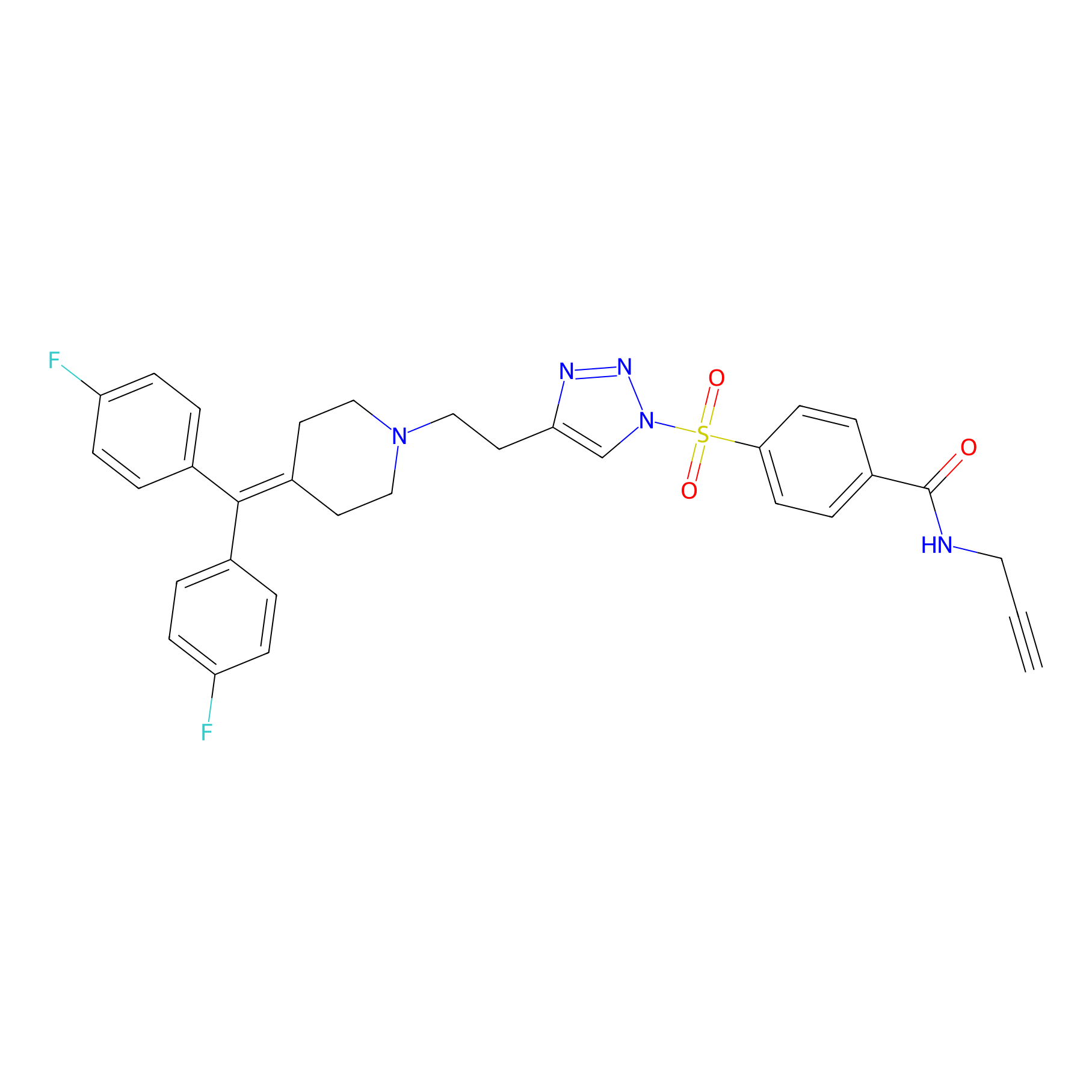 |
Y166(20.00) | LDD0260 | [1] | |
|
Acrolein Probe Info |
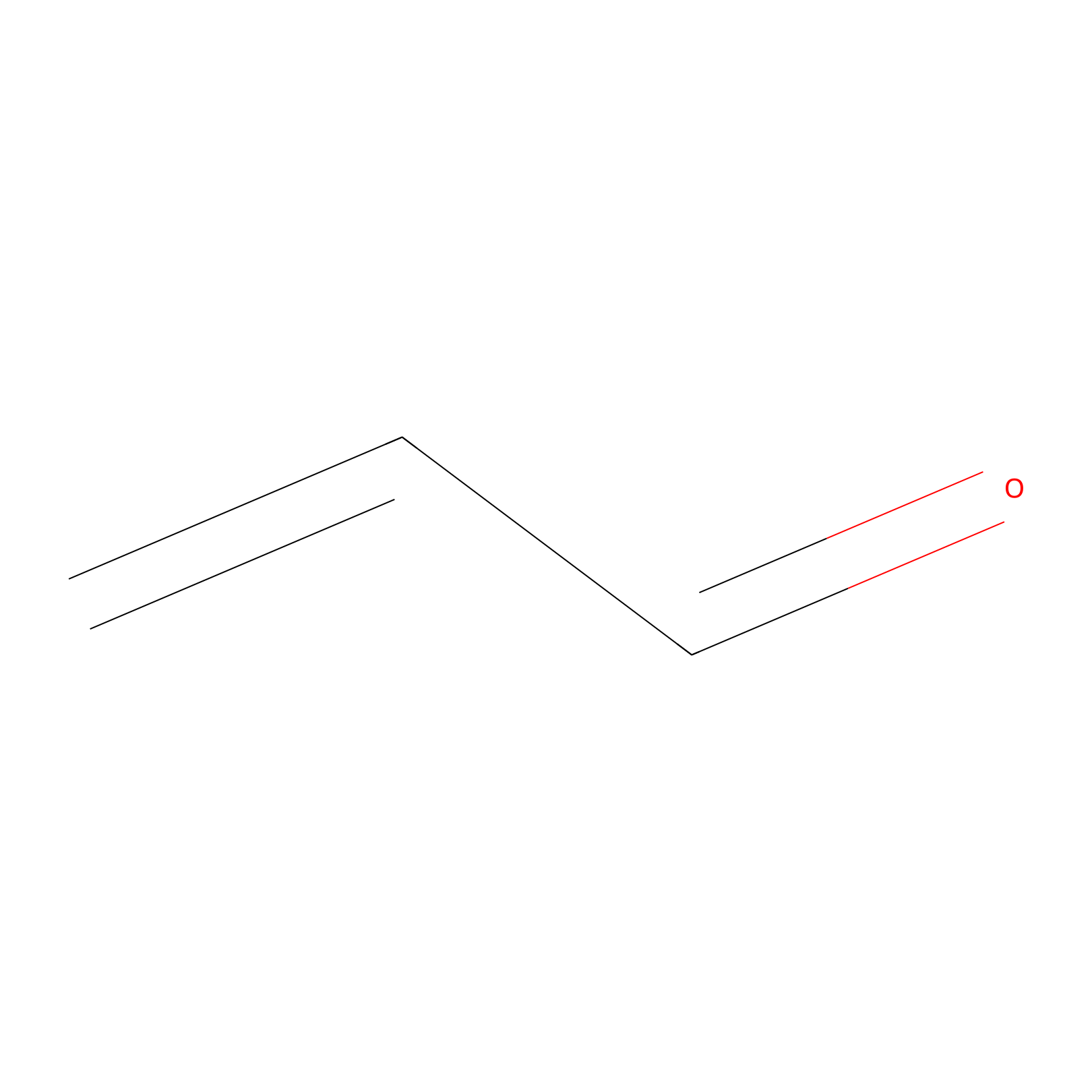 |
N.A. | LDD0223 | [2] | |
|
Crotonaldehyde Probe Info |
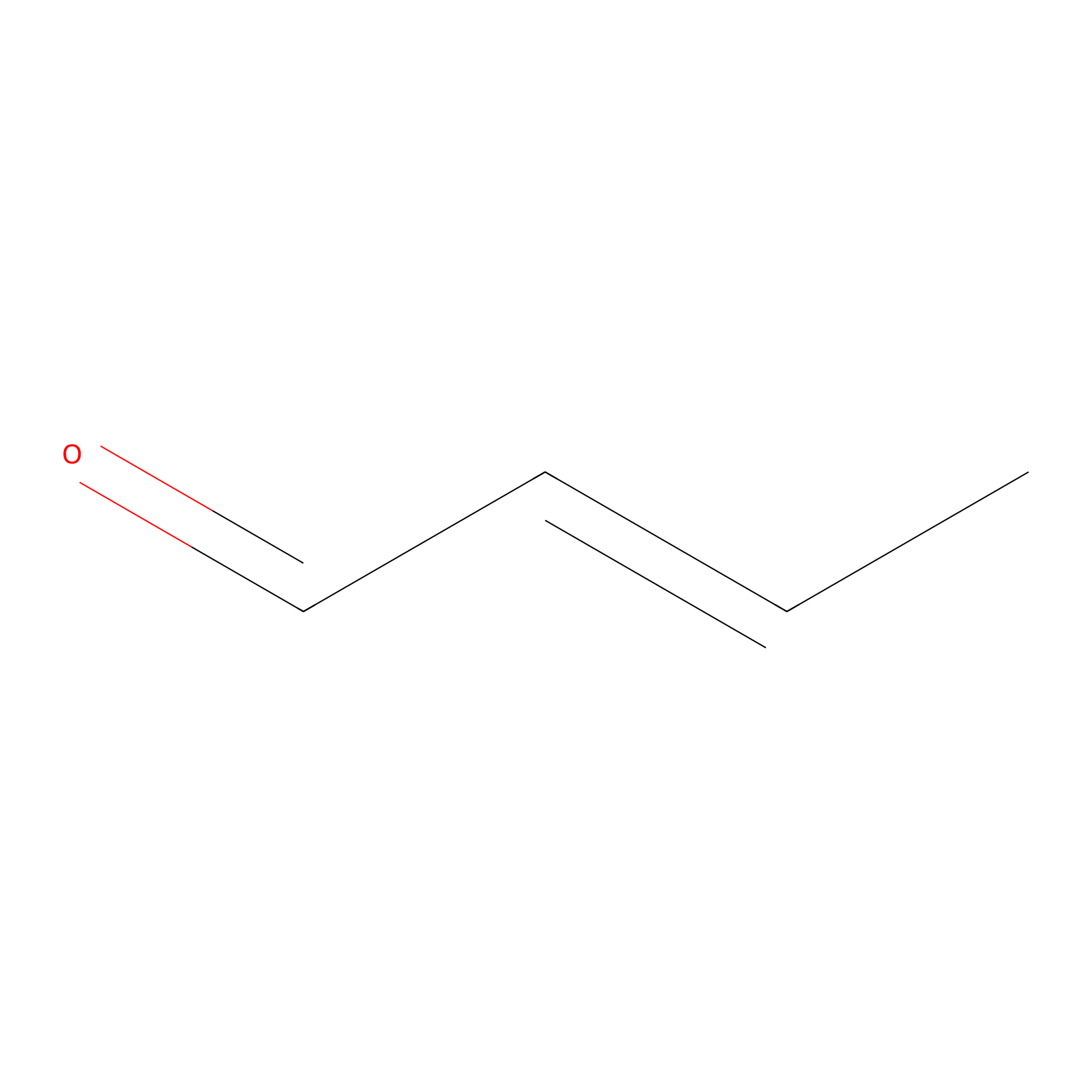 |
N.A. | LDD0219 | [2] | |
PAL-AfBPP Probe
| Probe name | Structure | Binding Site(Ratio) | Interaction ID | Ref | |
|---|---|---|---|---|---|
|
C112 Probe Info |
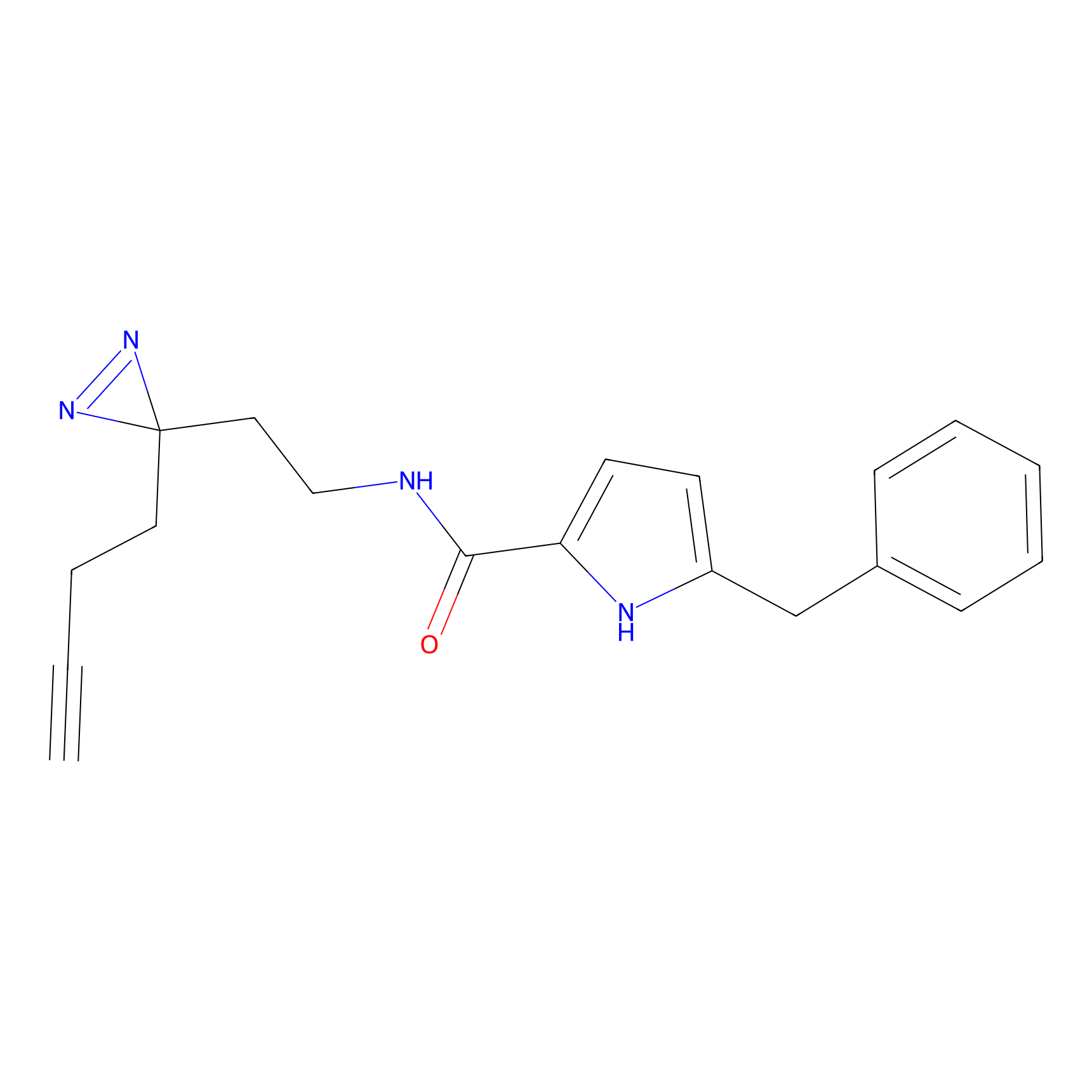 |
32.45 | LDD1799 | [3] | |
|
C159 Probe Info |
 |
9.92 | LDD1839 | [3] | |
|
C160 Probe Info |
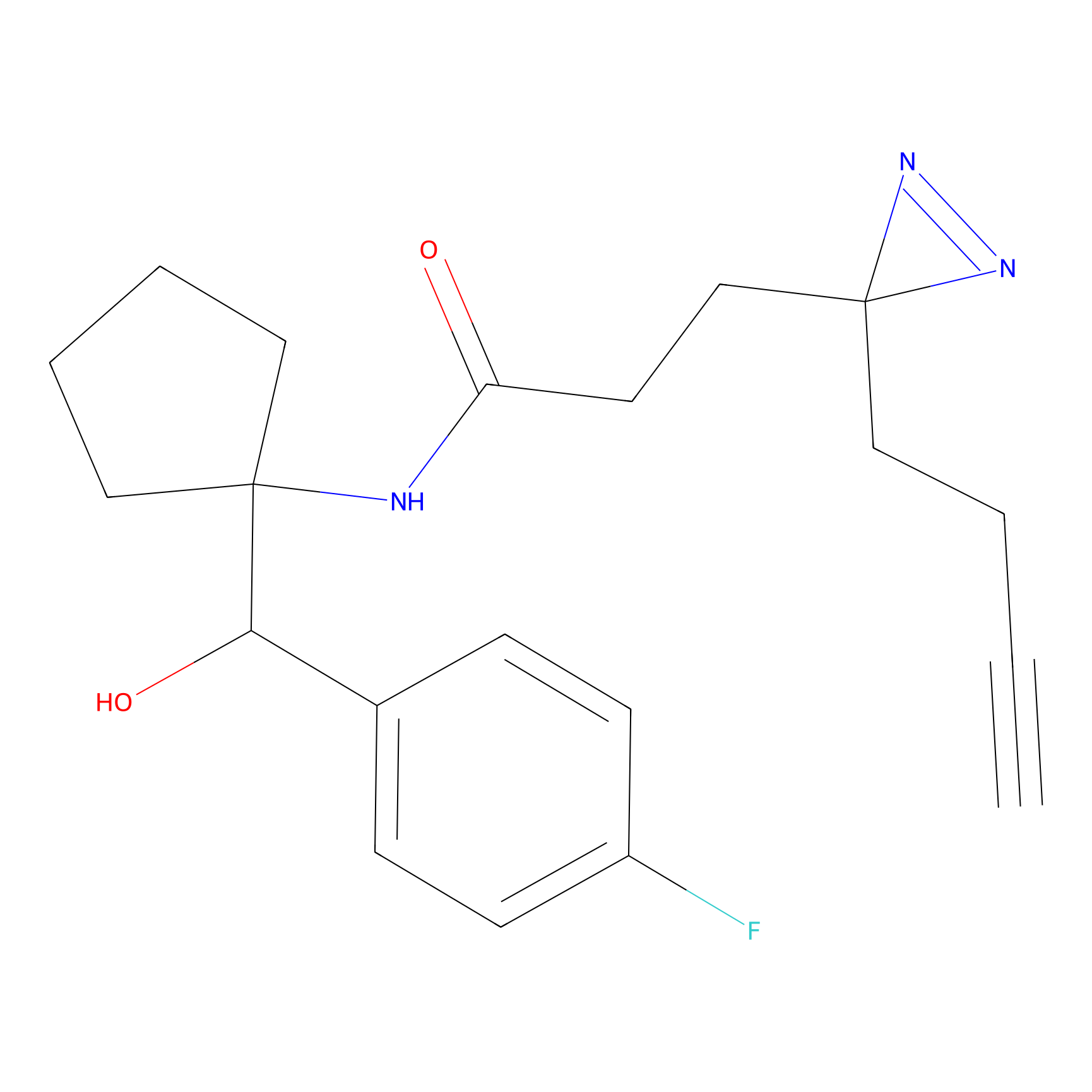 |
7.36 | LDD1840 | [3] | |
|
C161 Probe Info |
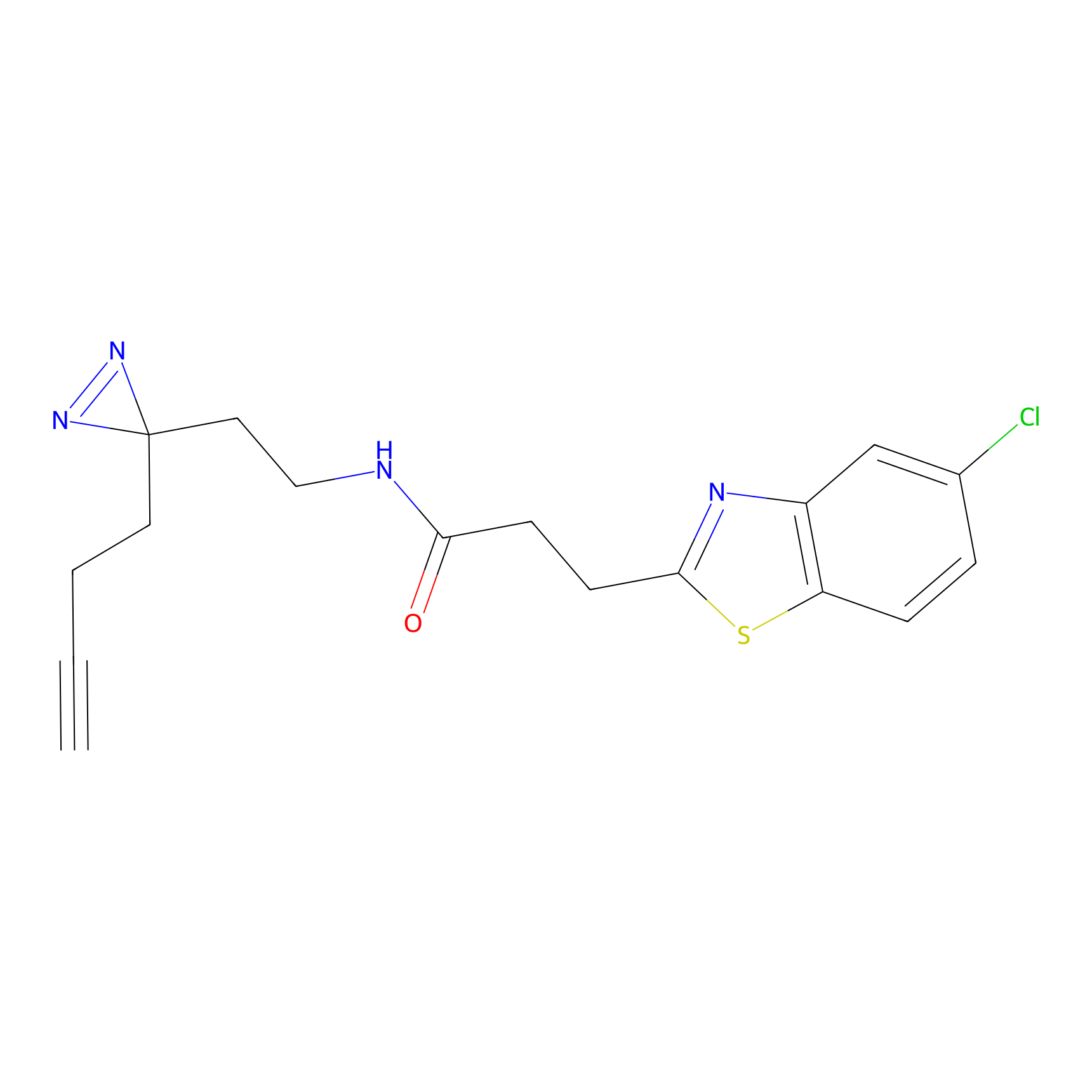 |
17.51 | LDD1841 | [3] | |
|
C169 Probe Info |
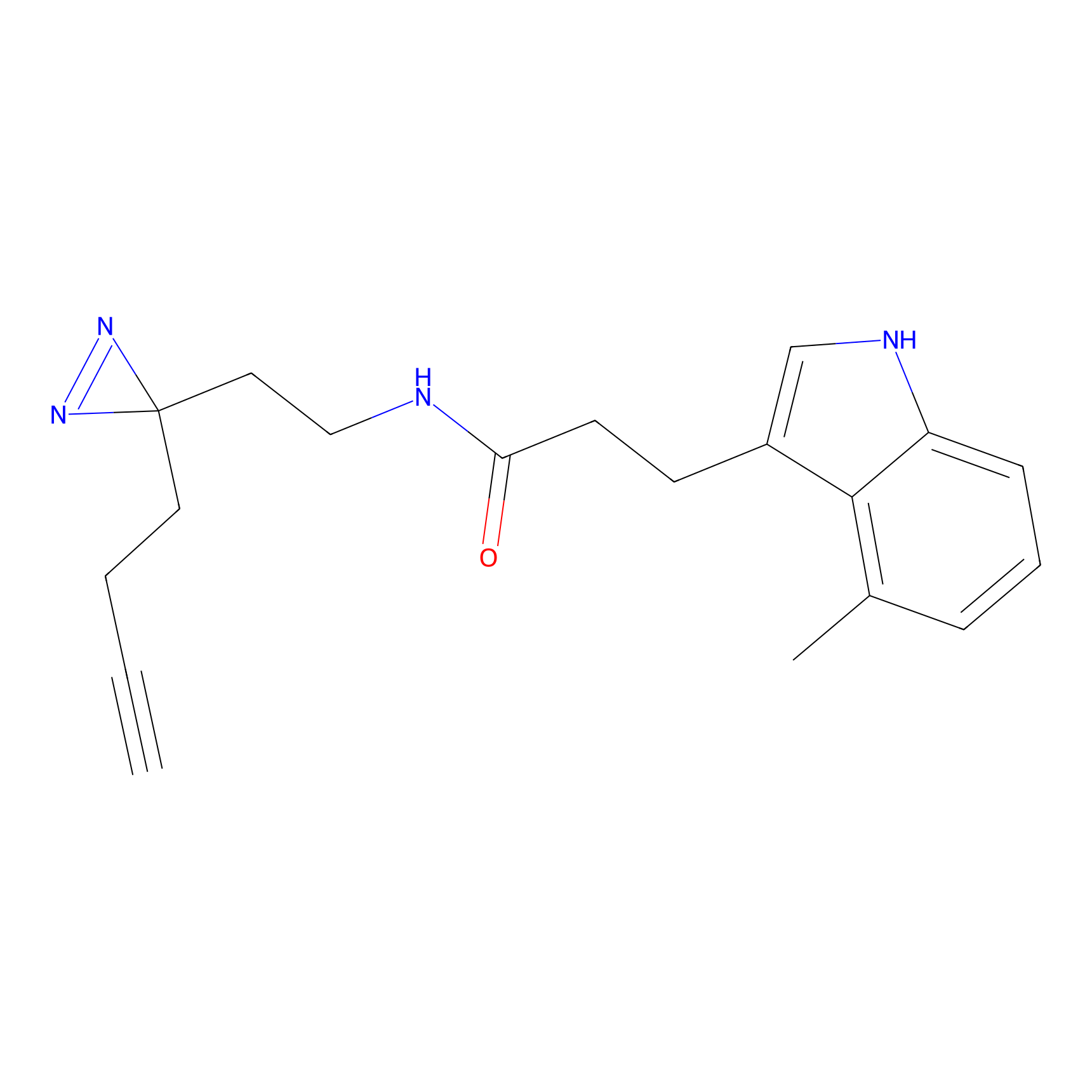 |
40.50 | LDD1849 | [3] | |
|
C218 Probe Info |
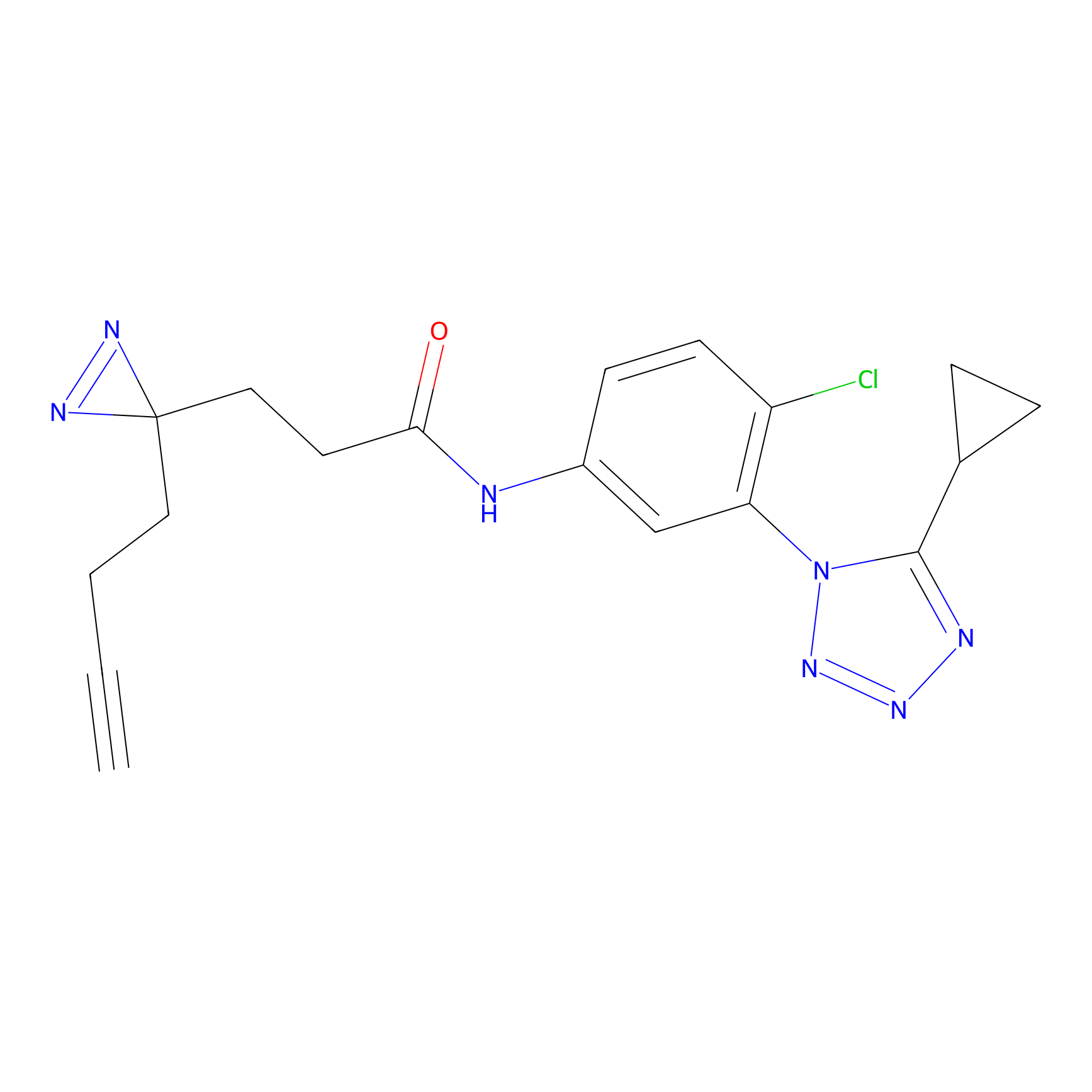 |
11.39 | LDD1892 | [3] | |
|
C220 Probe Info |
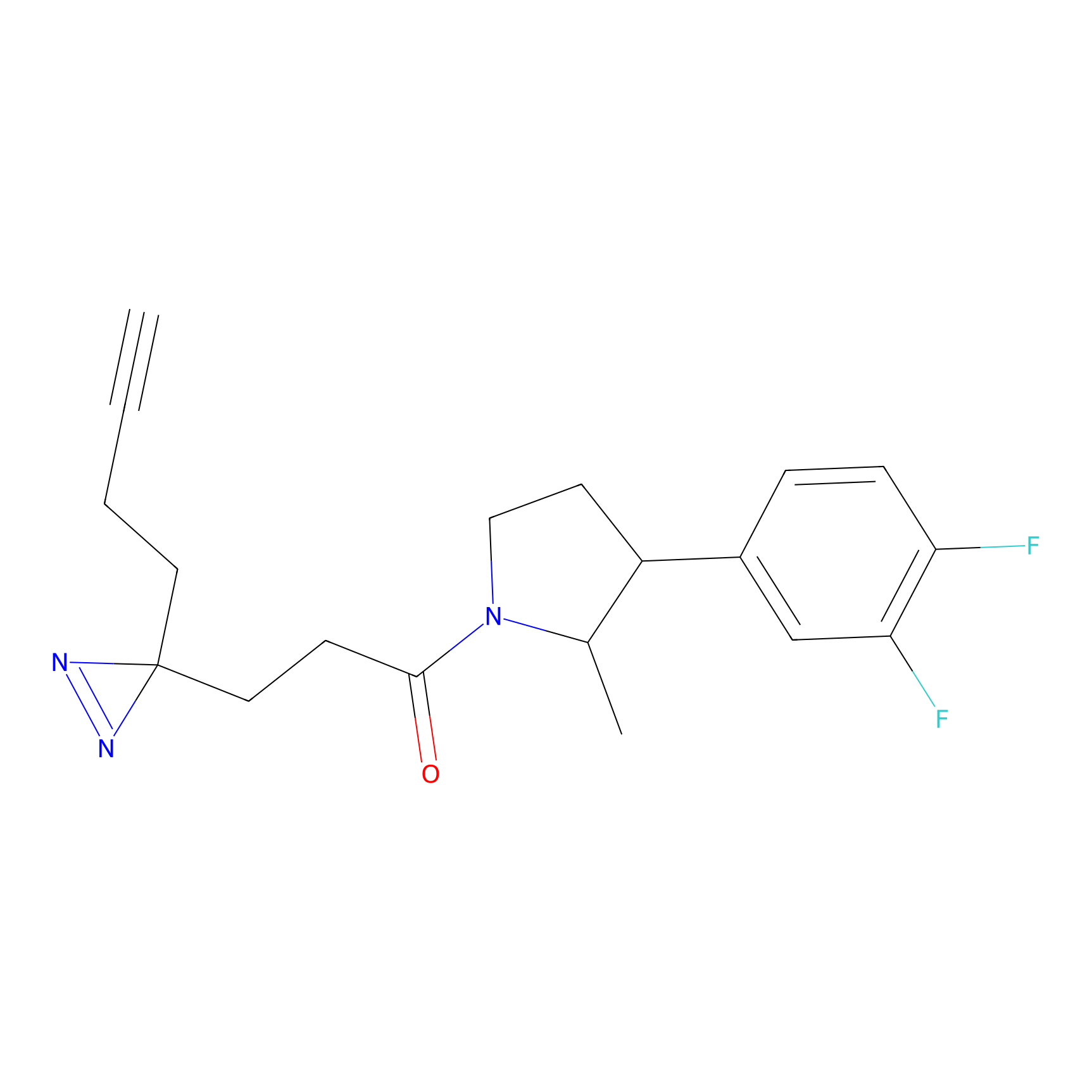 |
13.93 | LDD1894 | [3] | |
|
C229 Probe Info |
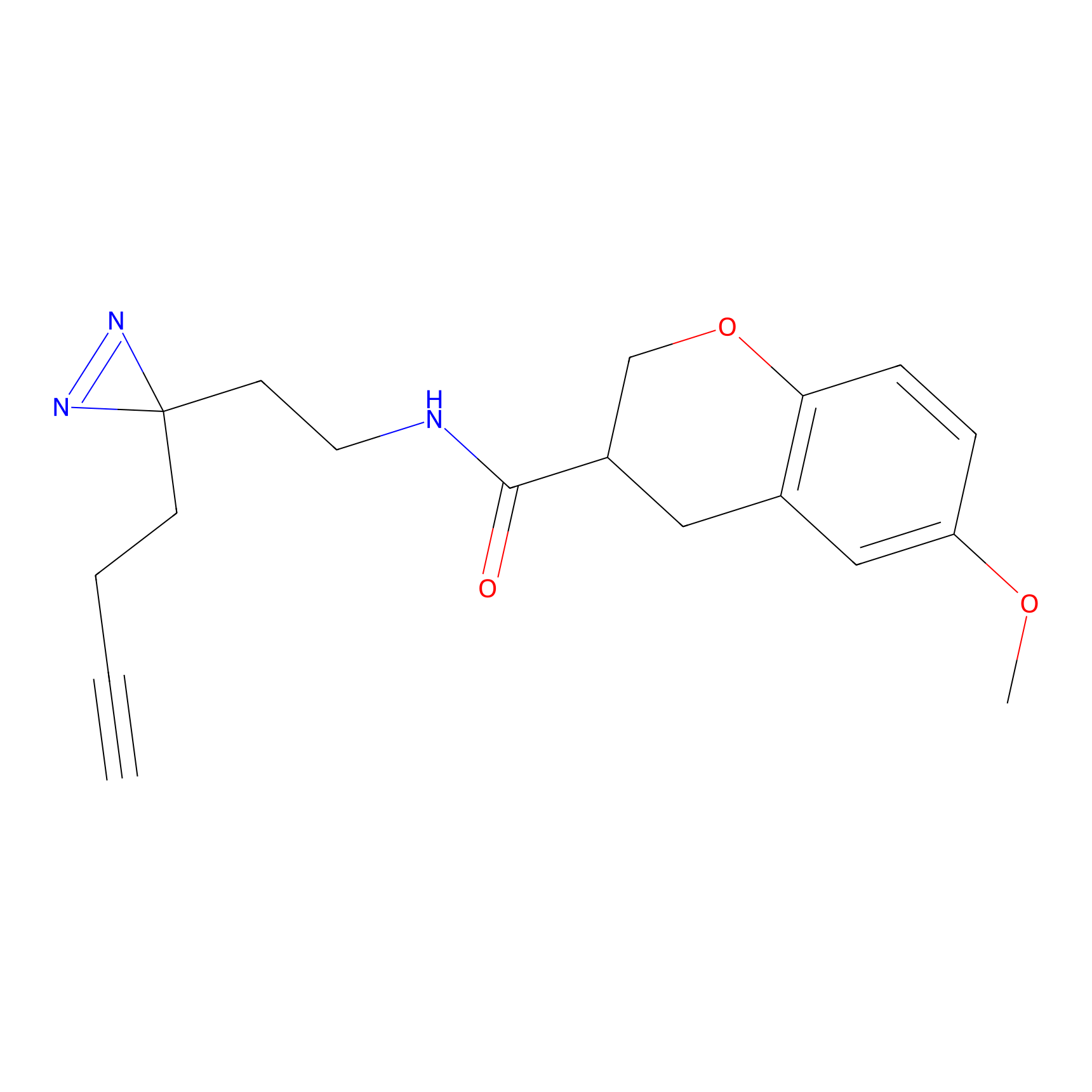 |
10.34 | LDD1902 | [3] | |
|
C231 Probe Info |
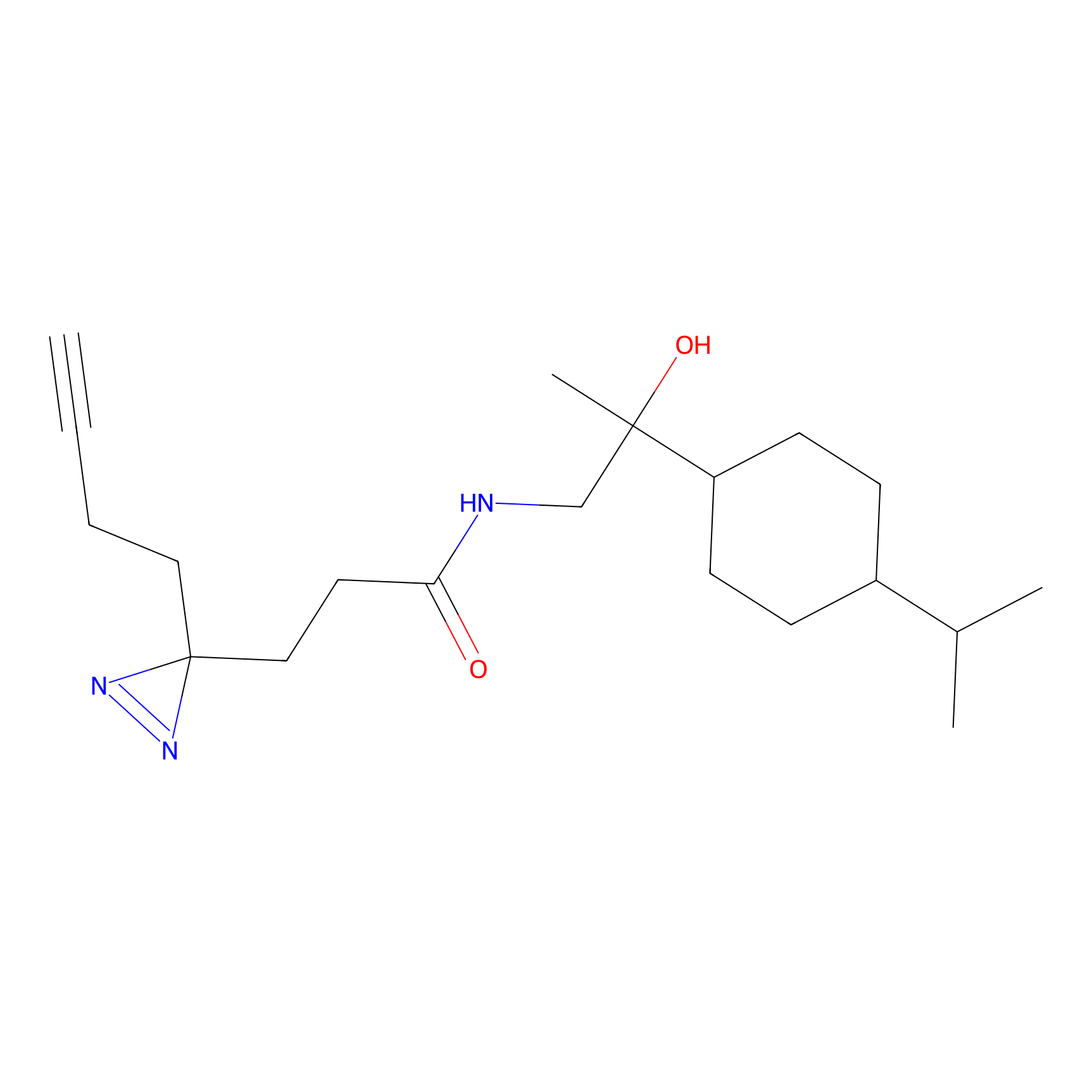 |
47.18 | LDD1904 | [3] | |
|
C232 Probe Info |
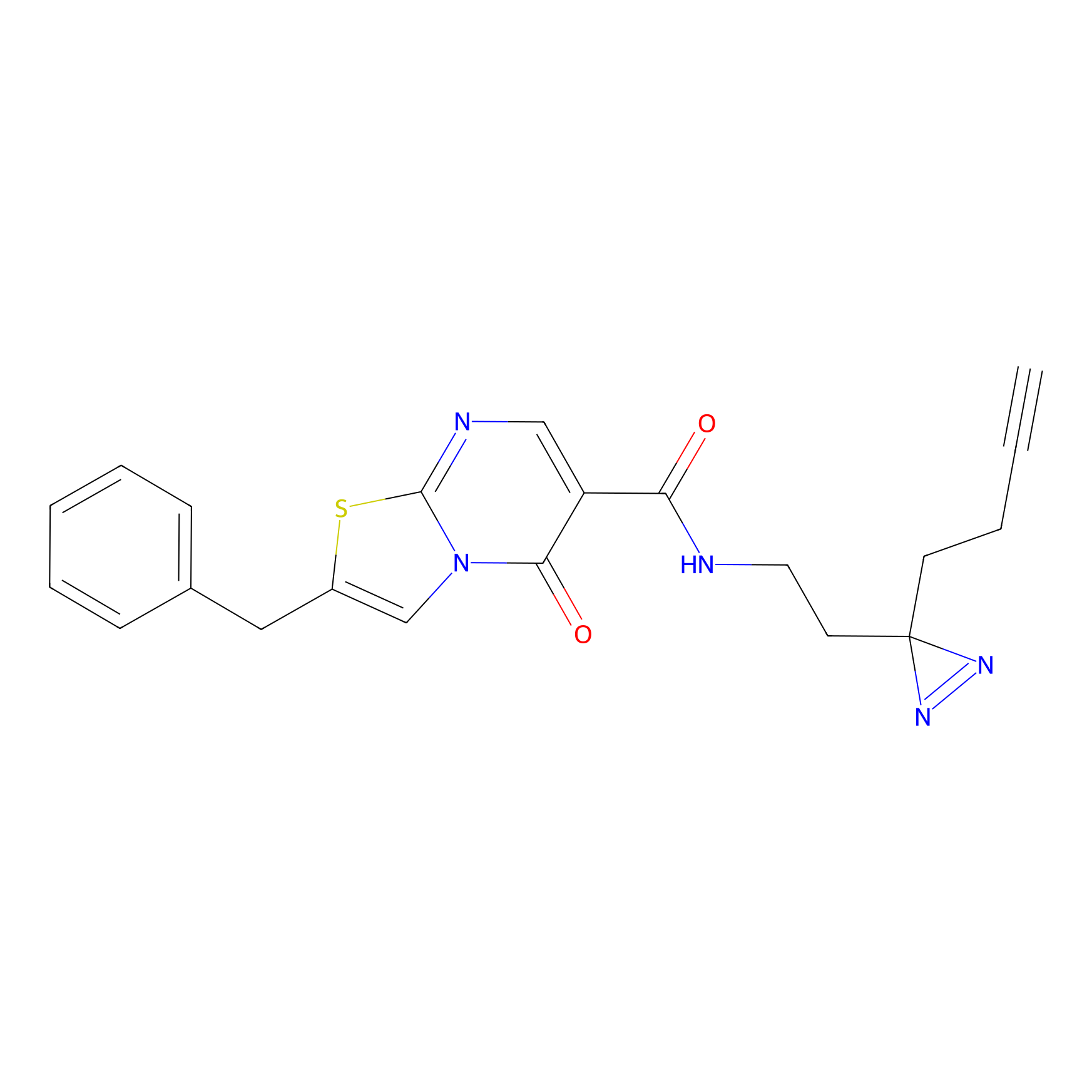 |
93.70 | LDD1905 | [3] | |
|
C233 Probe Info |
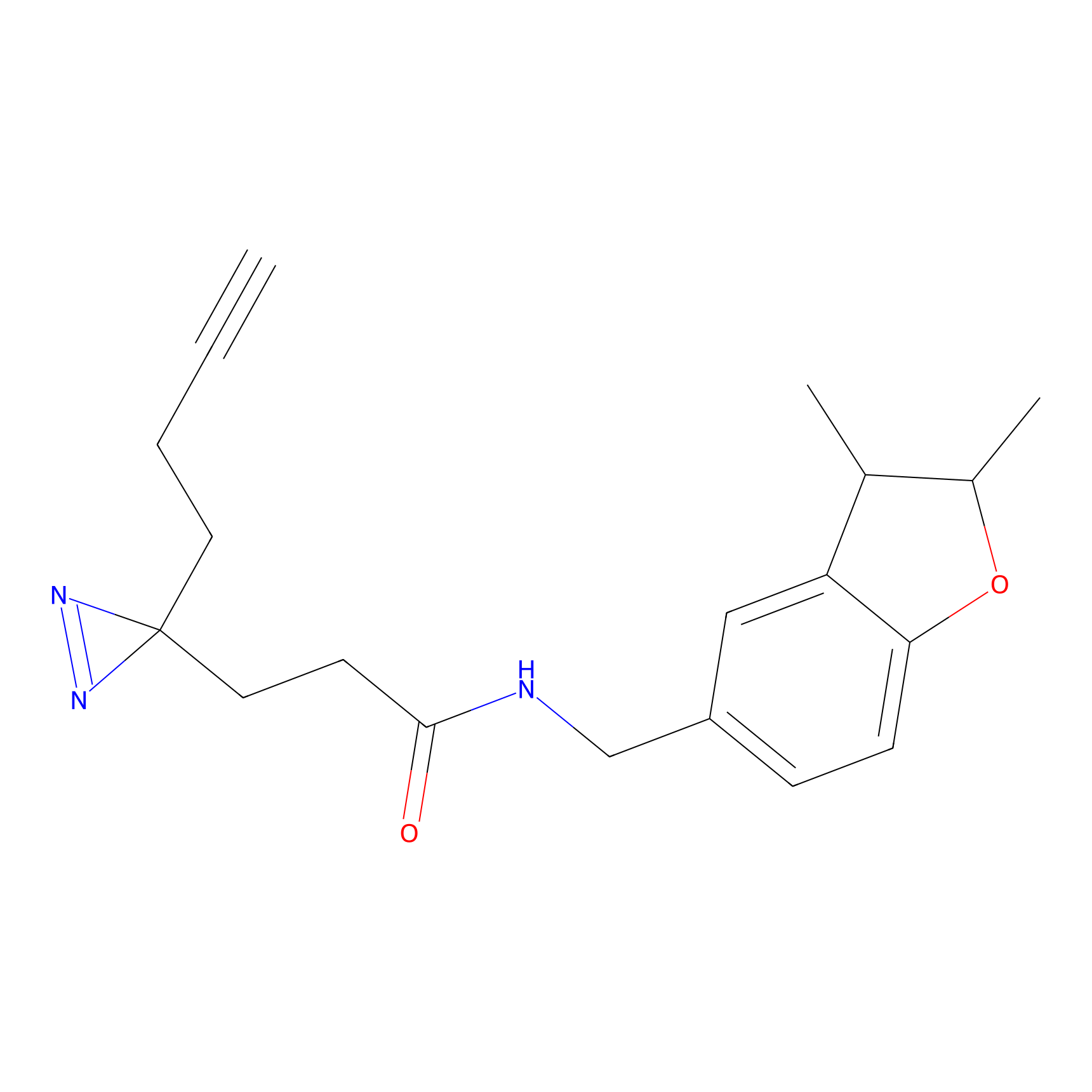 |
17.51 | LDD1906 | [3] | |
|
C234 Probe Info |
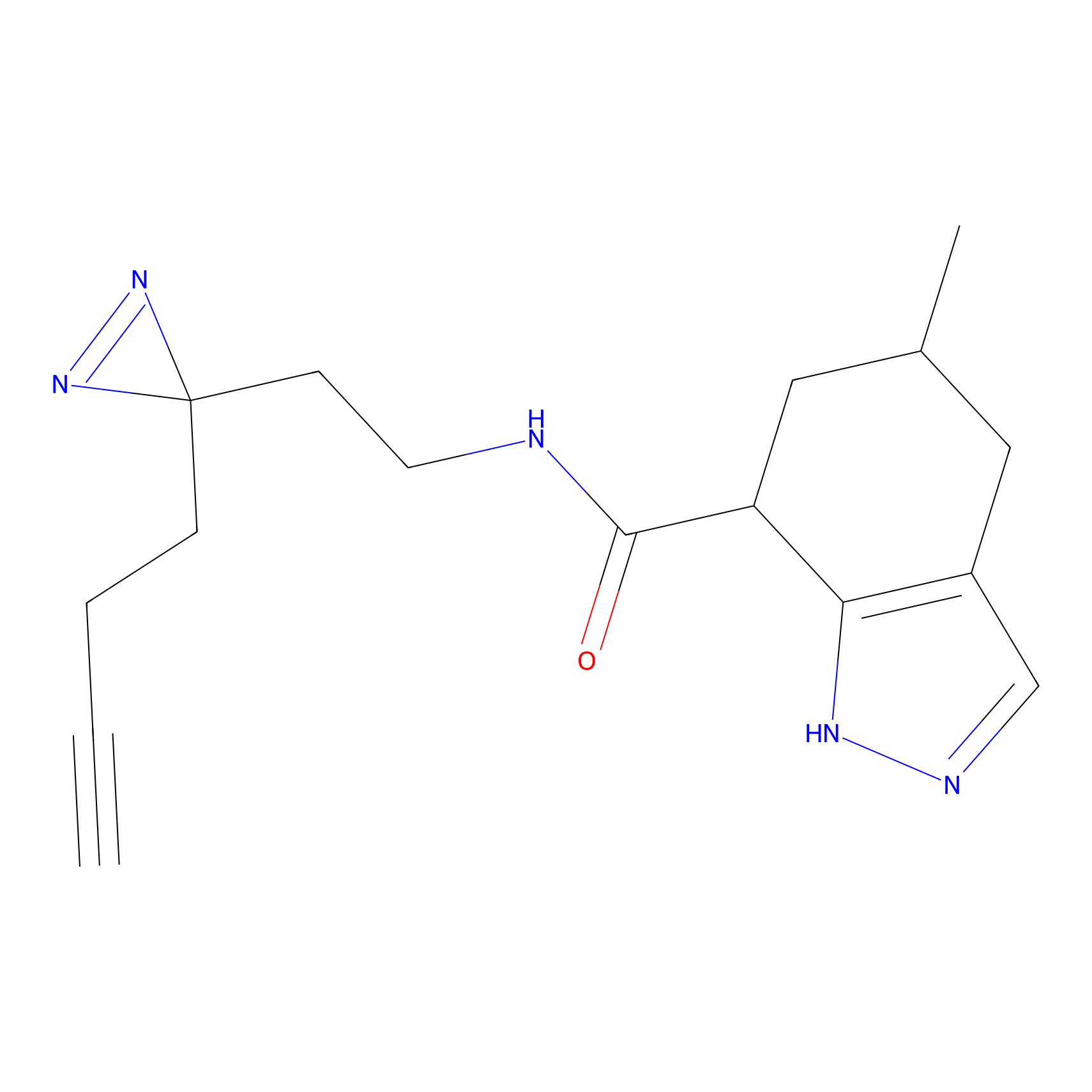 |
7.67 | LDD1907 | [3] | |
|
C235 Probe Info |
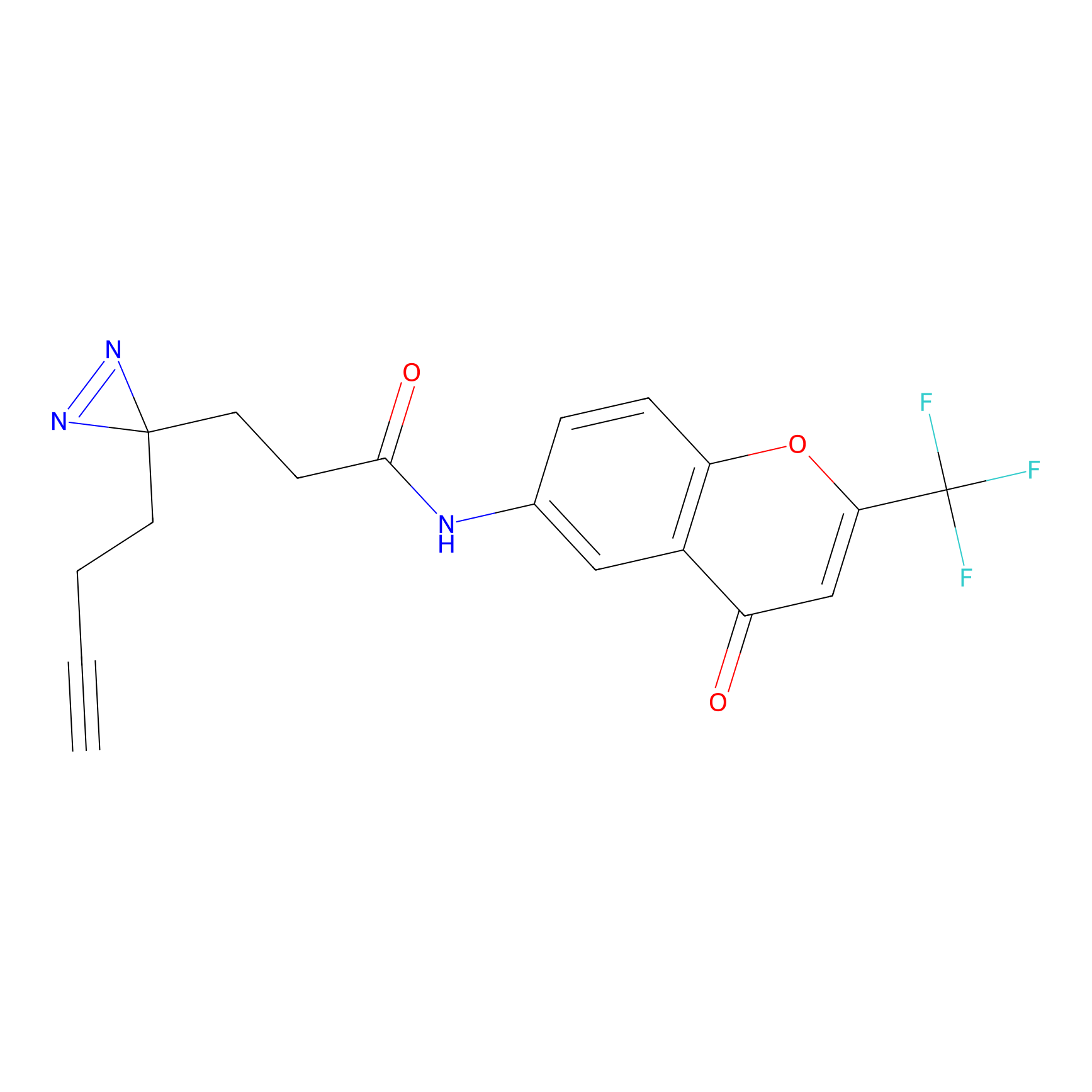 |
52.71 | LDD1908 | [3] | |
|
C246 Probe Info |
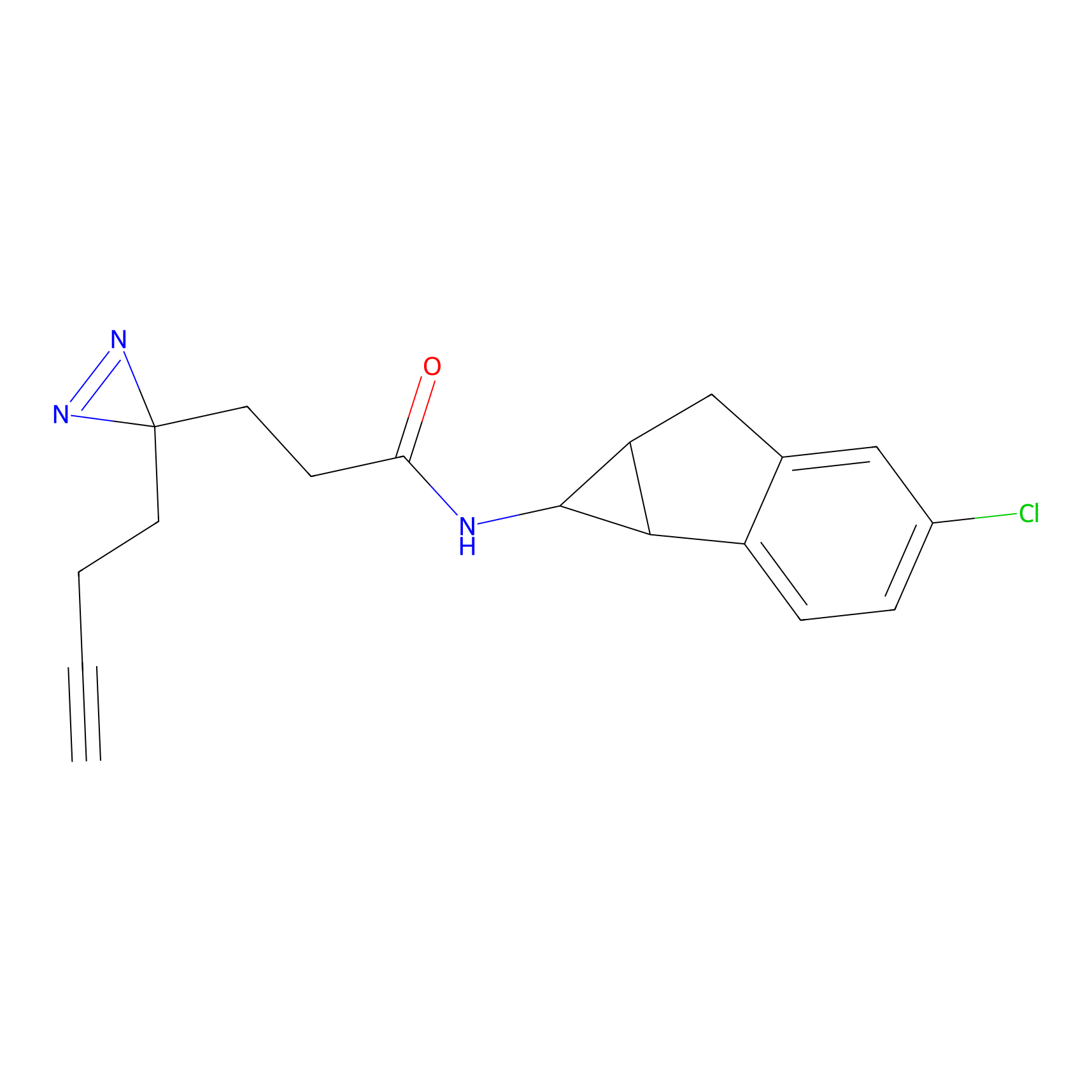 |
18.13 | LDD1919 | [3] | |
|
C264 Probe Info |
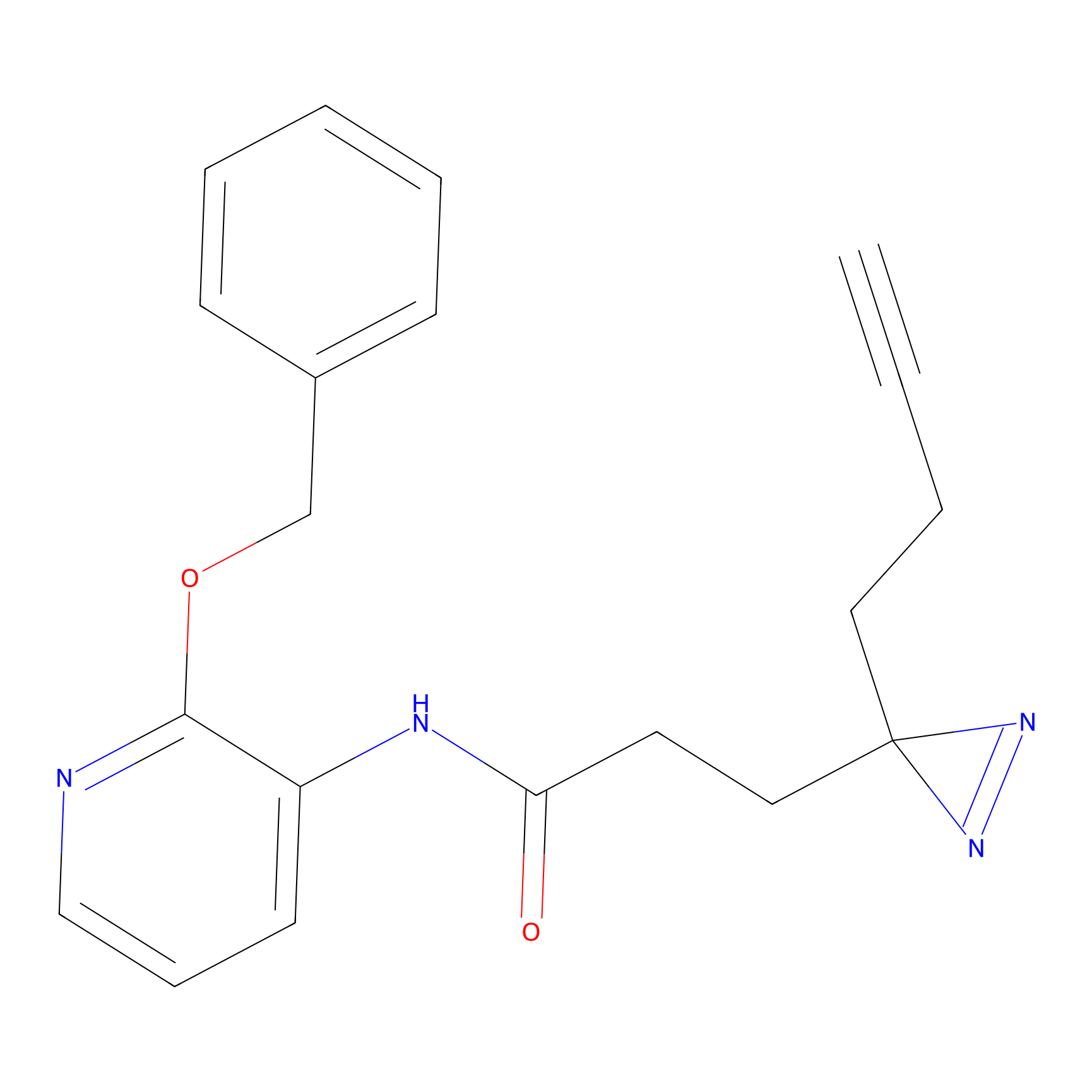 |
19.03 | LDD1935 | [3] | |
|
C265 Probe Info |
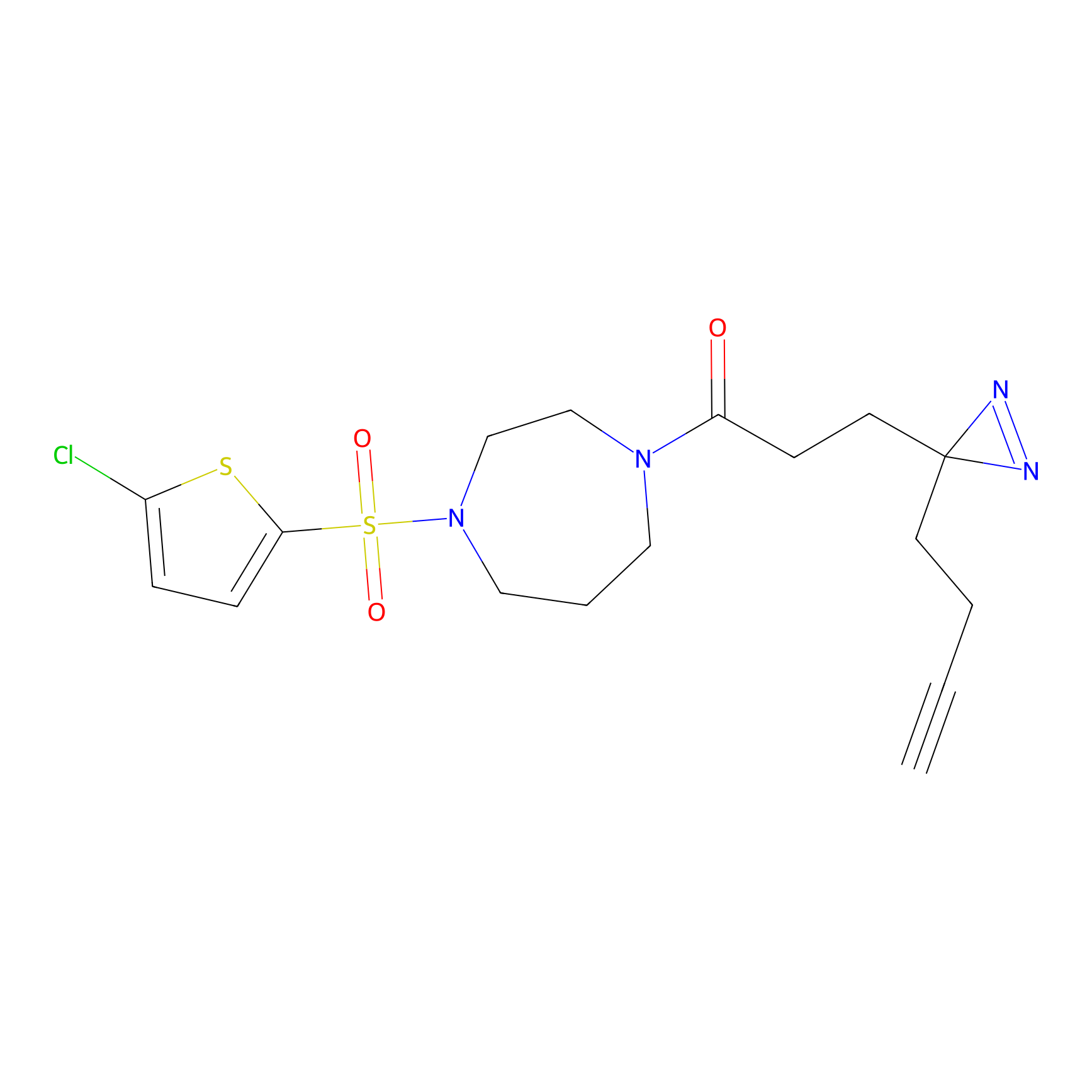 |
20.97 | LDD1936 | [3] | |
|
C270 Probe Info |
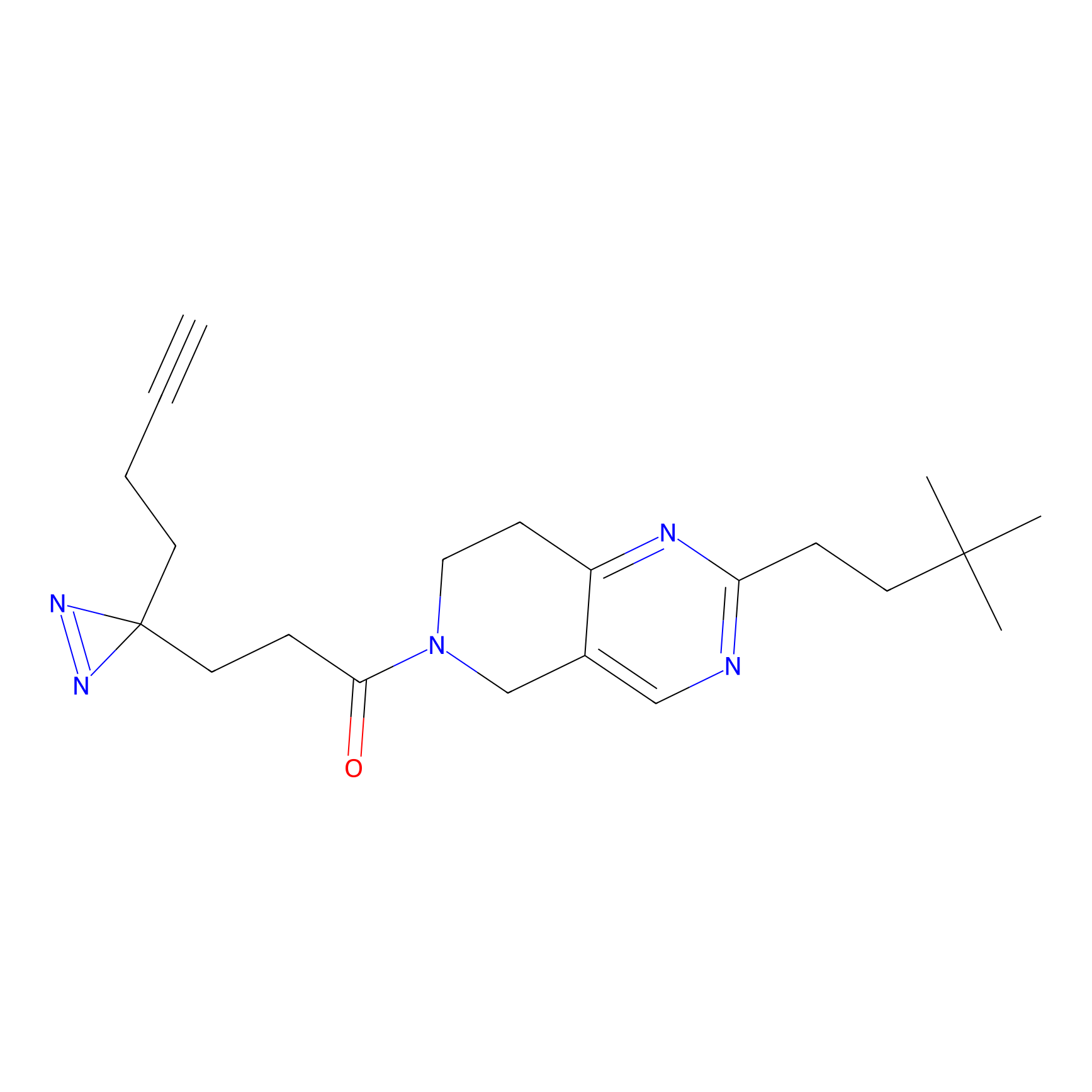 |
8.75 | LDD1940 | [3] | |
|
C278 Probe Info |
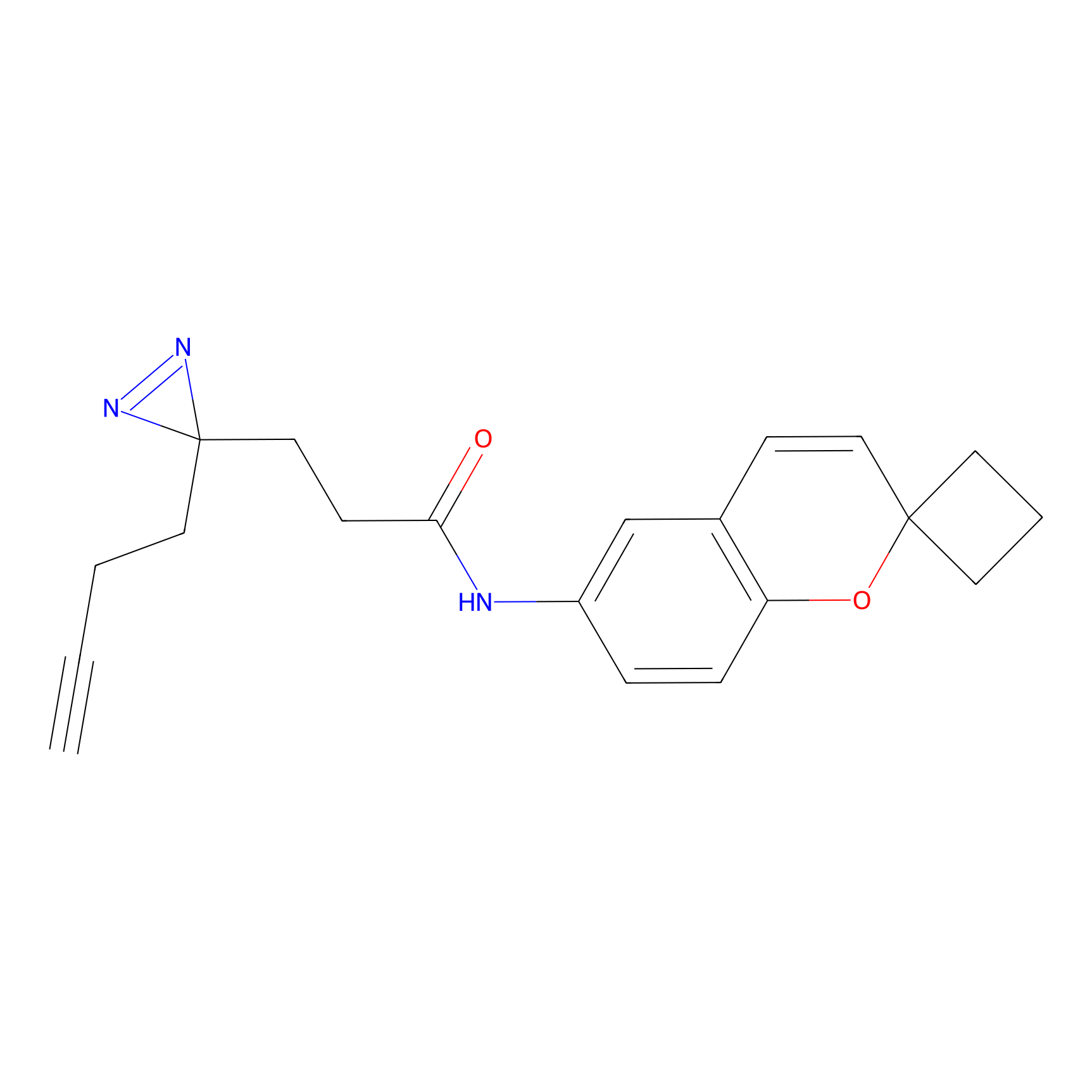 |
56.10 | LDD1948 | [3] | |
|
C282 Probe Info |
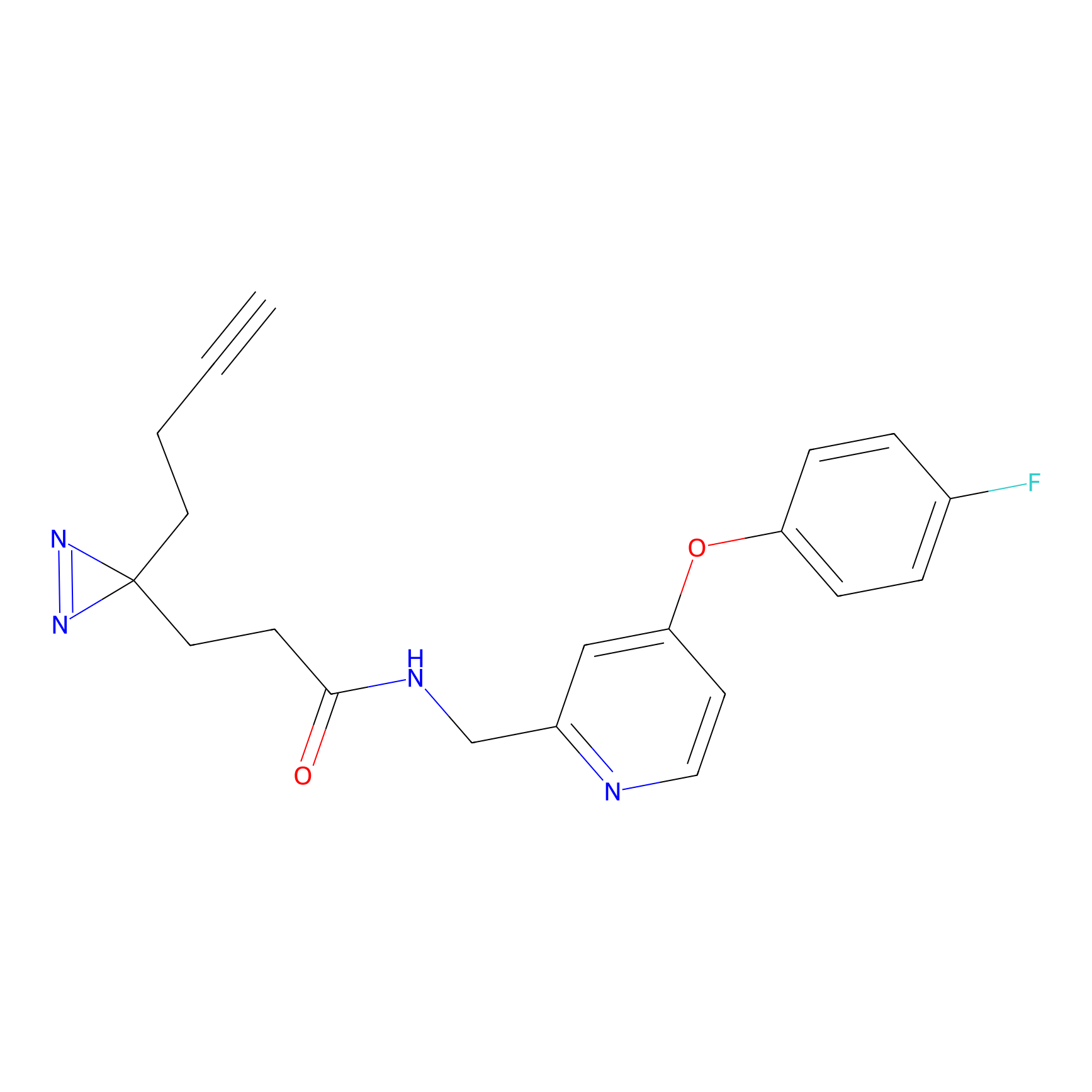 |
26.35 | LDD1952 | [3] | |
|
C284 Probe Info |
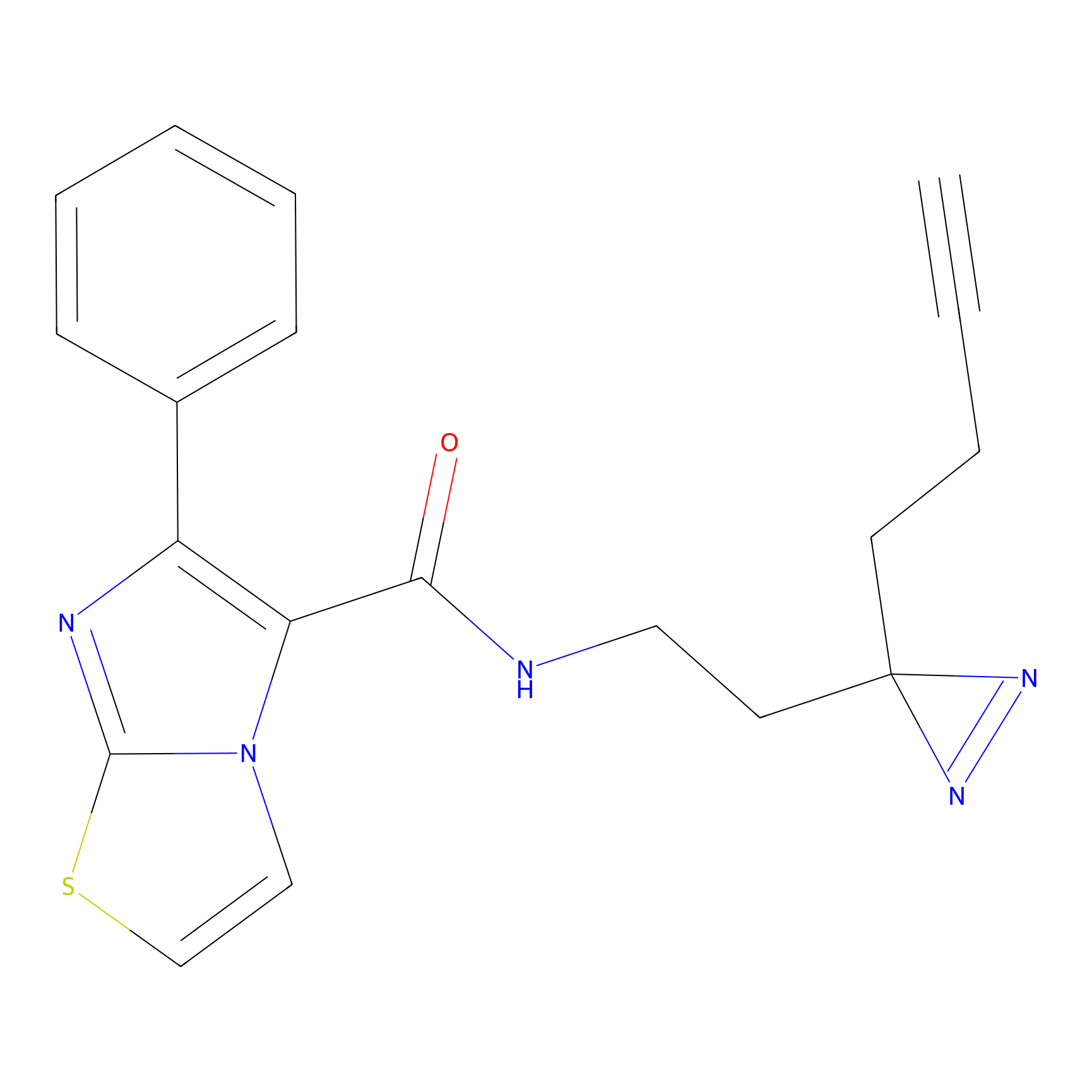 |
27.86 | LDD1954 | [3] | |
|
C285 Probe Info |
 |
23.75 | LDD1955 | [3] | |
|
C287 Probe Info |
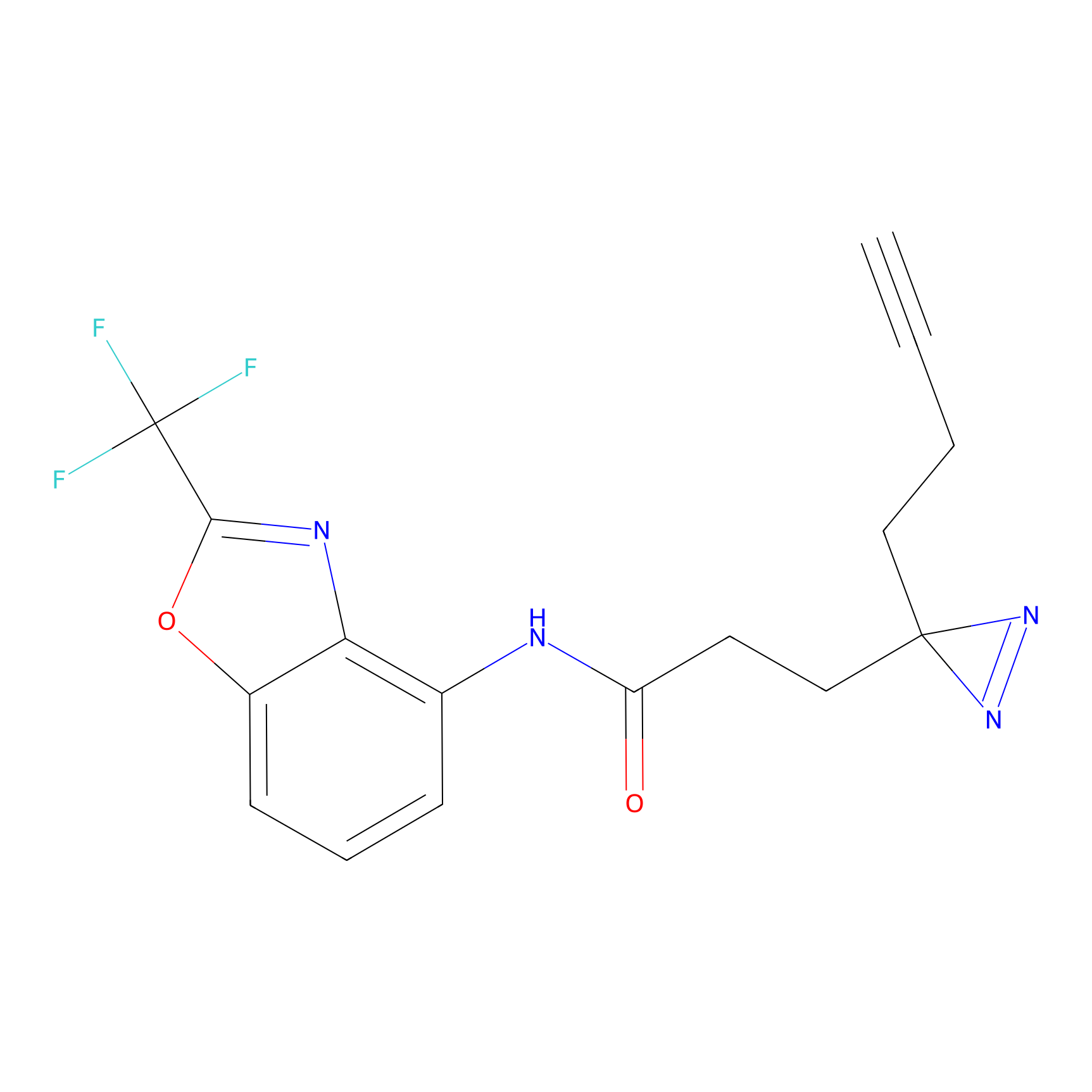 |
15.56 | LDD1957 | [3] | |
|
C288 Probe Info |
 |
7.36 | LDD1958 | [3] | |
|
C289 Probe Info |
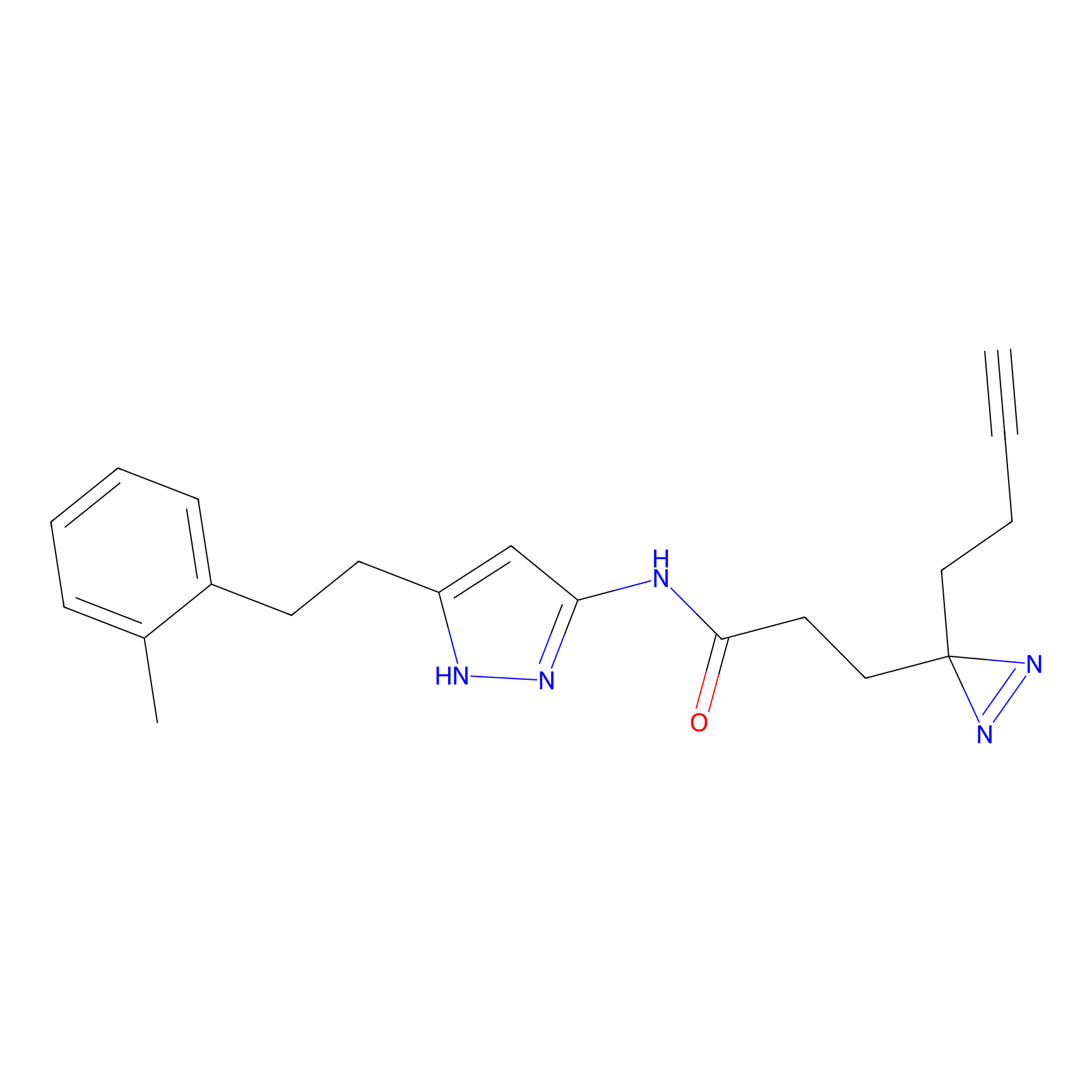 |
45.57 | LDD1959 | [3] | |
|
C296 Probe Info |
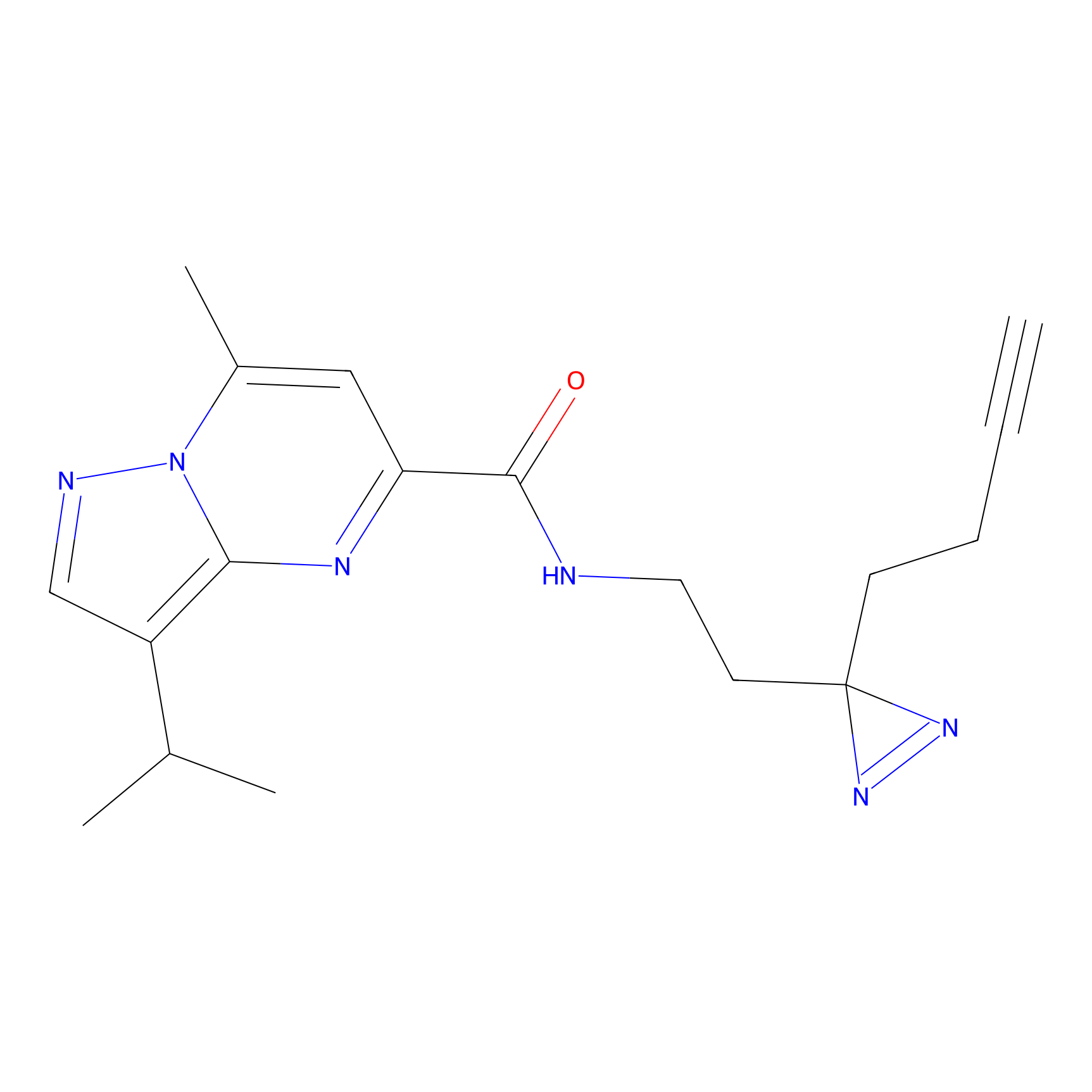 |
12.91 | LDD1966 | [3] | |
|
C299 Probe Info |
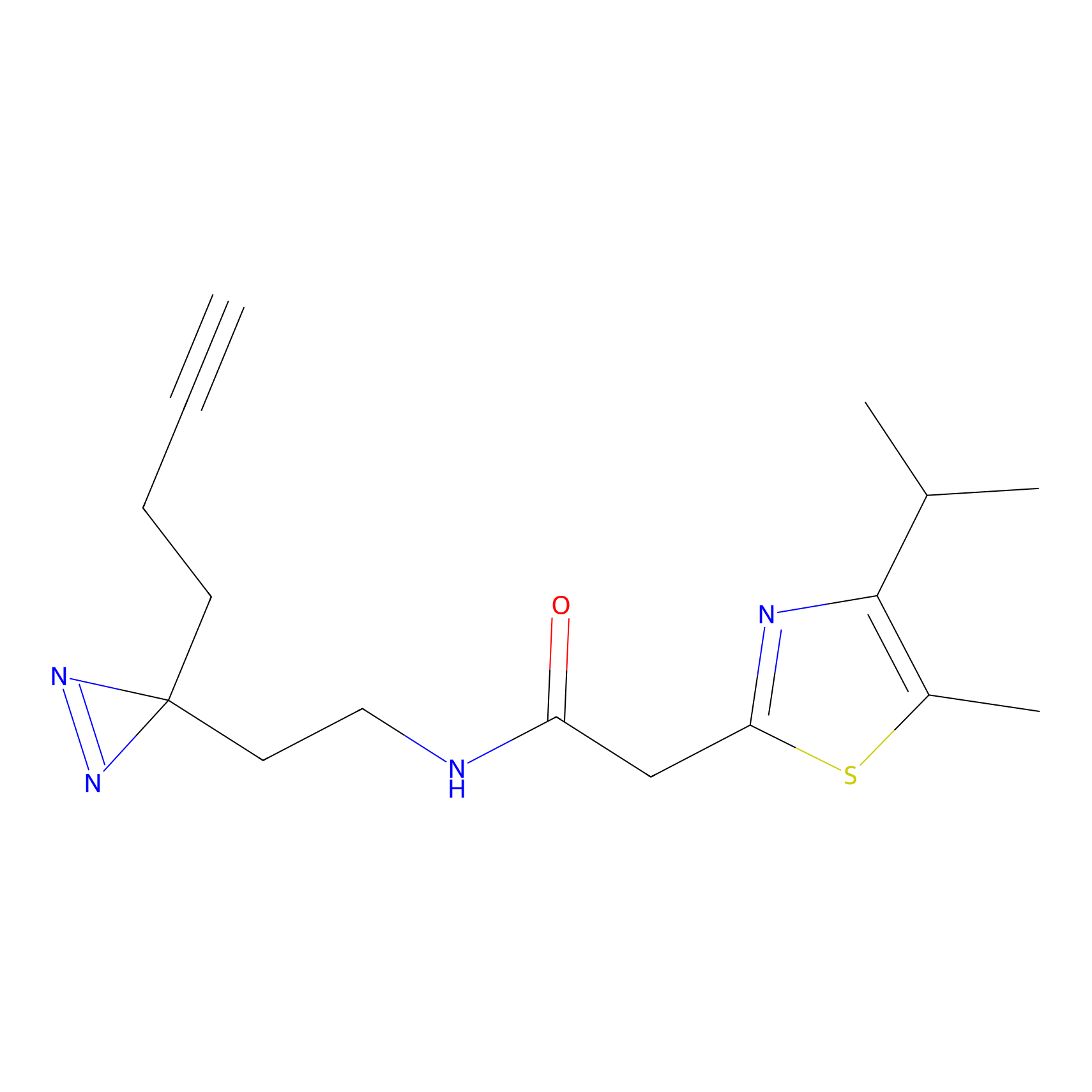 |
8.11 | LDD1968 | [3] | |
|
C305 Probe Info |
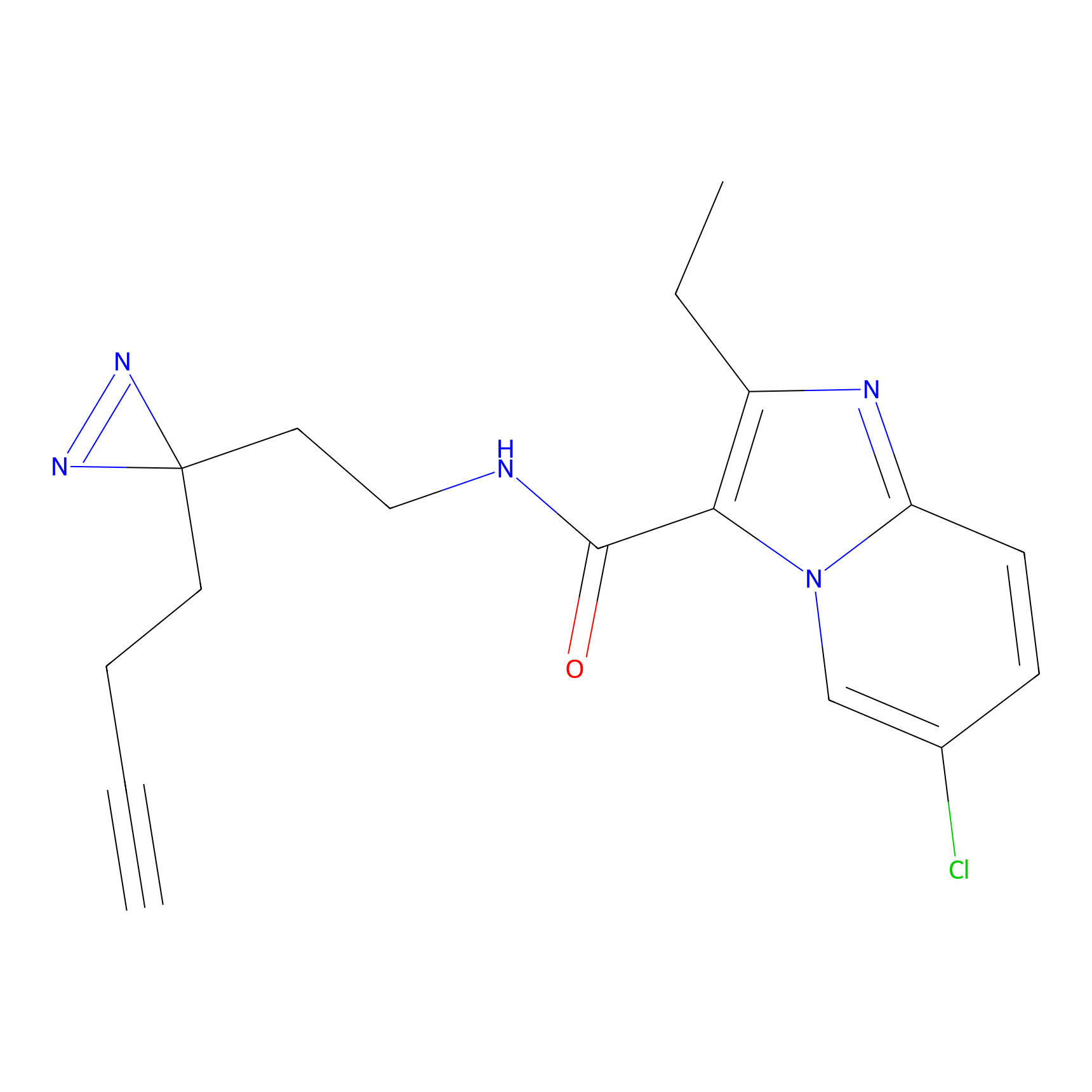 |
14.62 | LDD1974 | [3] | |
|
C314 Probe Info |
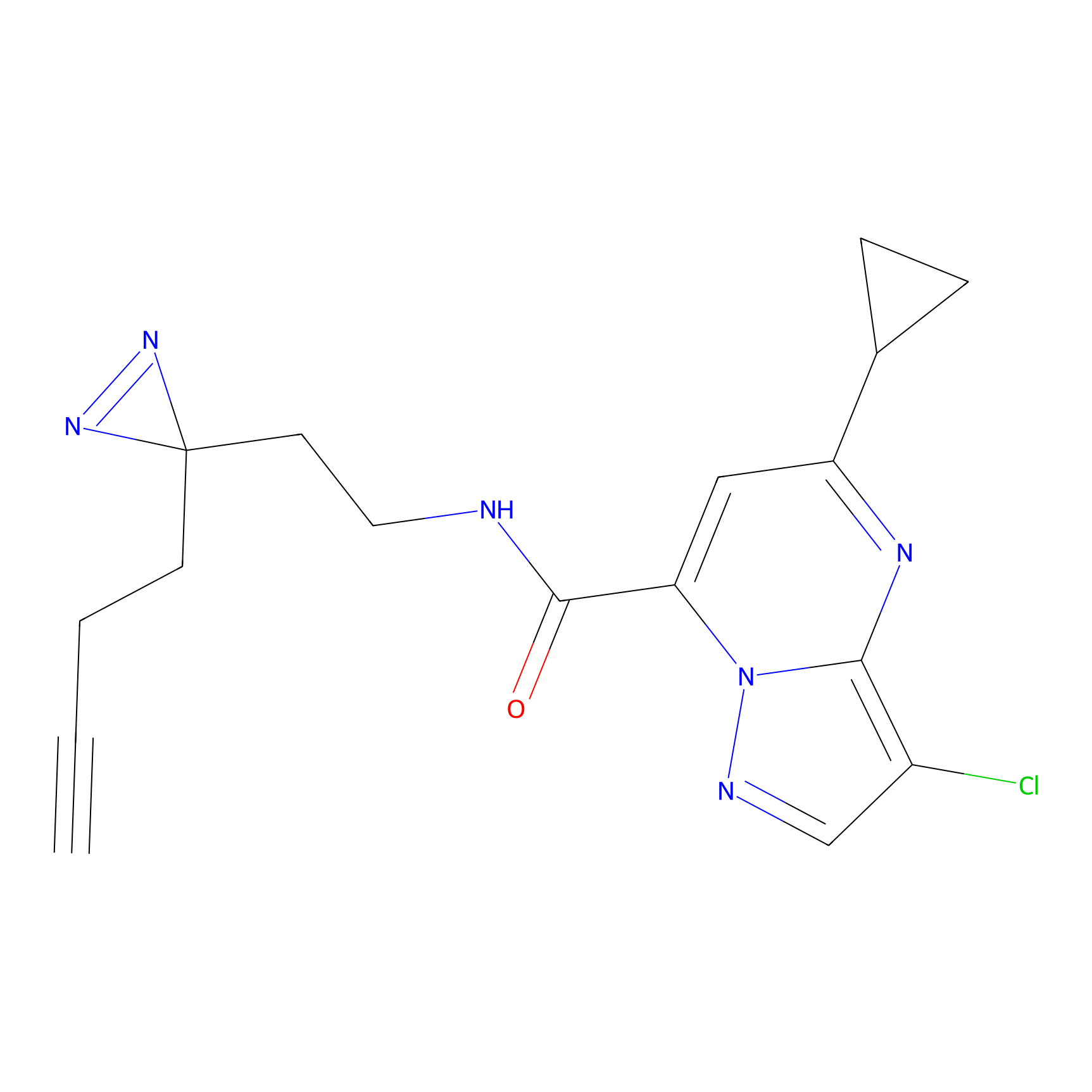 |
26.72 | LDD1981 | [3] | |
|
FFF probe11 Probe Info |
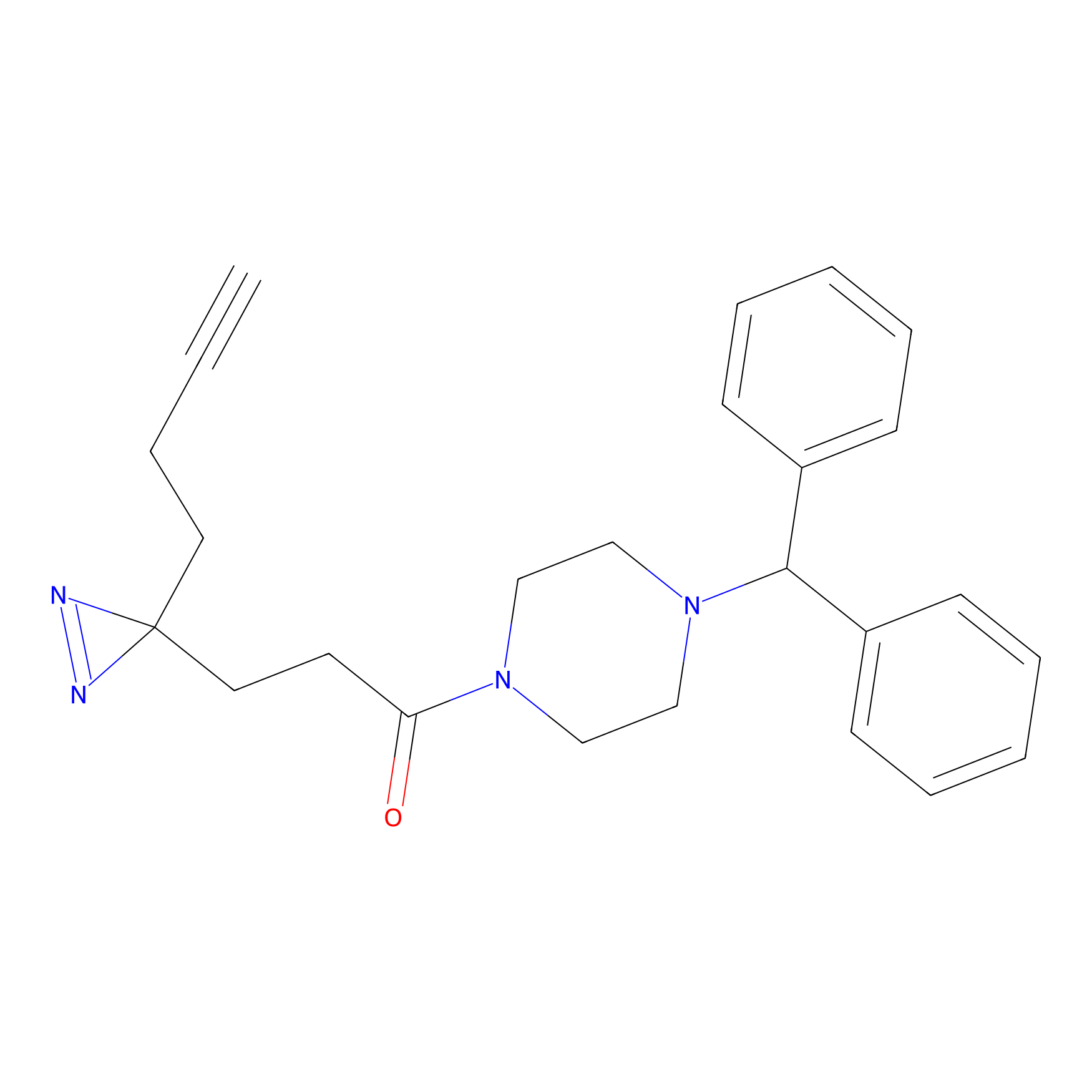 |
20.00 | LDD0471 | [4] | |
|
FFF probe13 Probe Info |
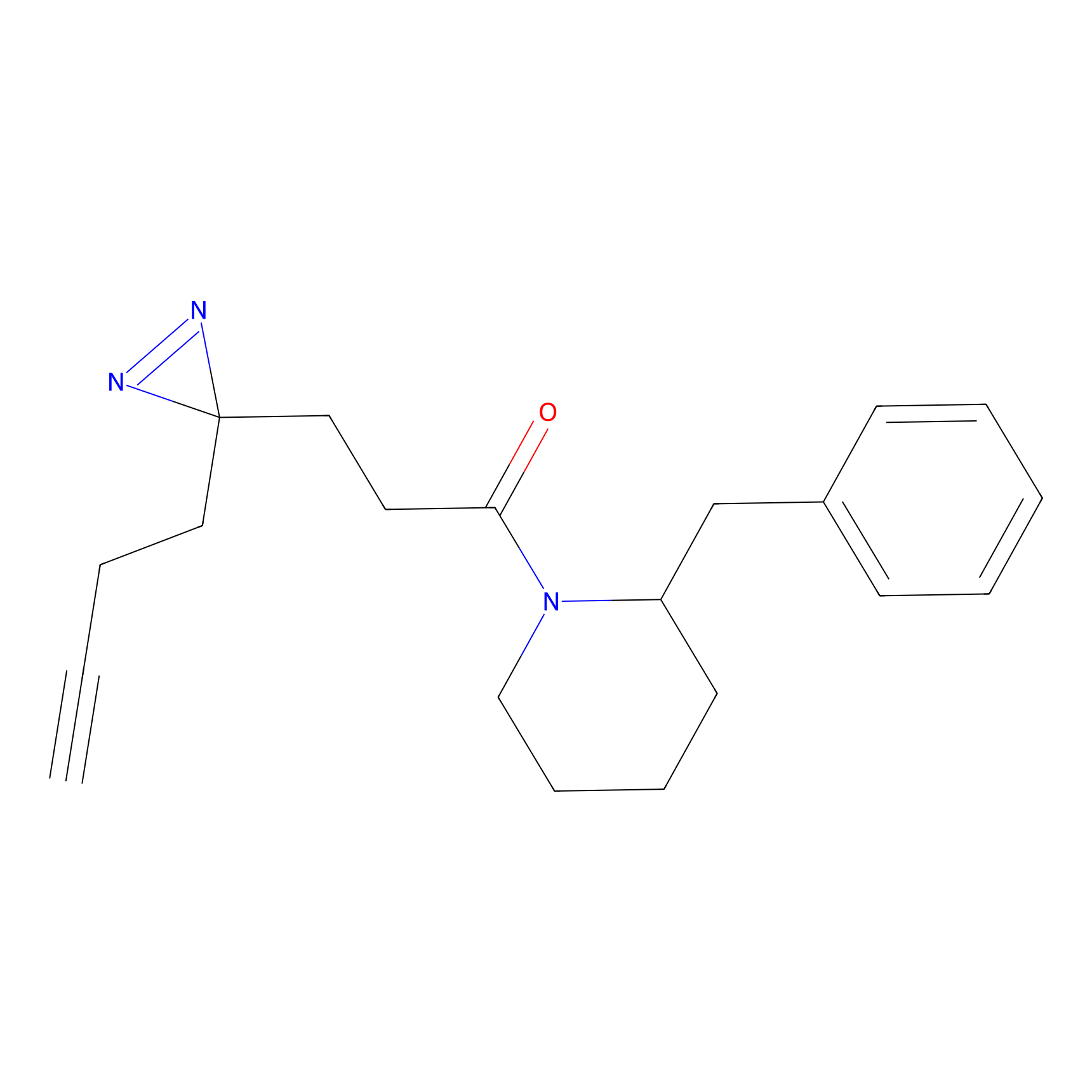 |
20.00 | LDD0475 | [4] | |
|
FFF probe14 Probe Info |
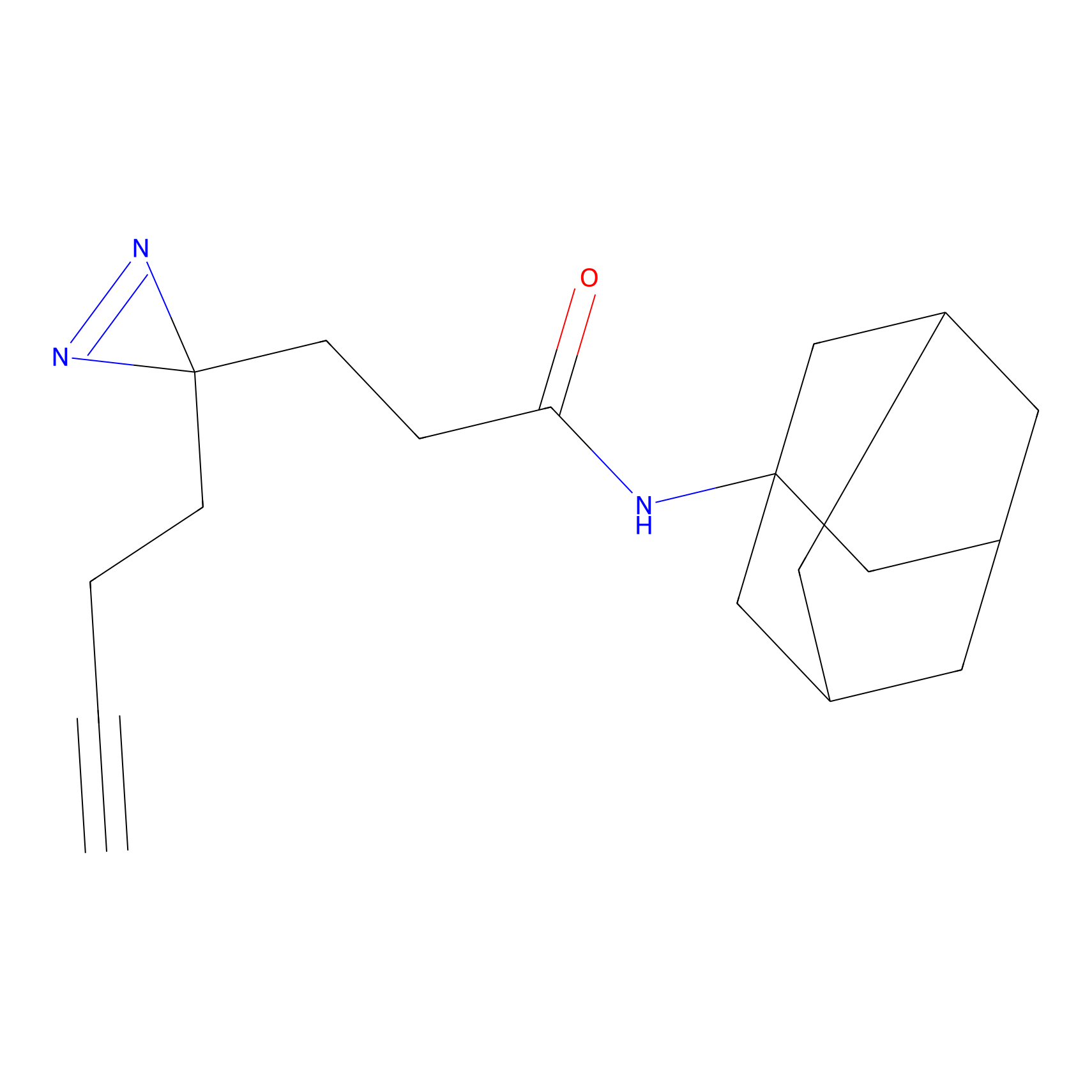 |
20.00 | LDD0477 | [4] | |
|
FFF probe2 Probe Info |
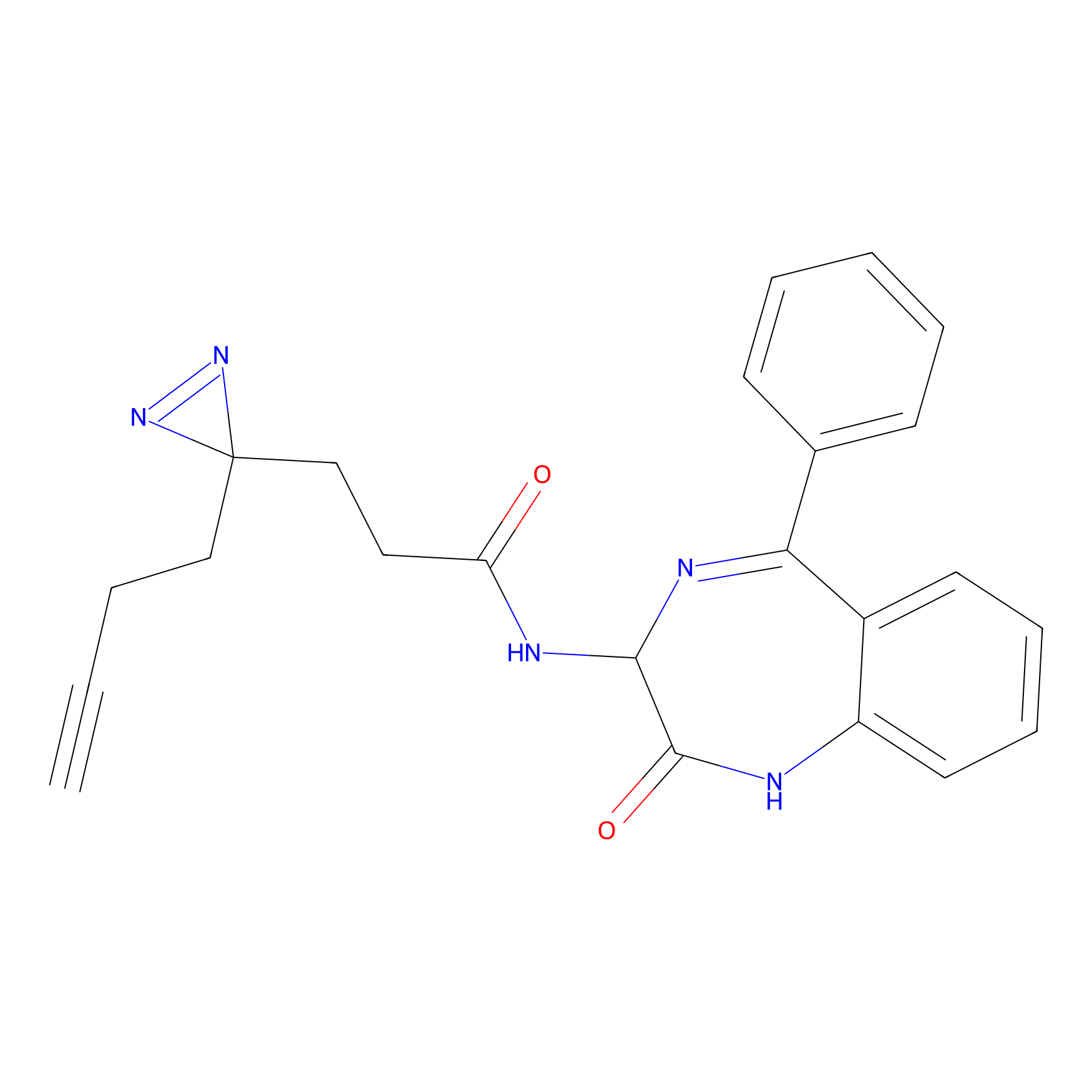 |
20.00 | LDD0463 | [4] | |
|
BD-F Probe Info |
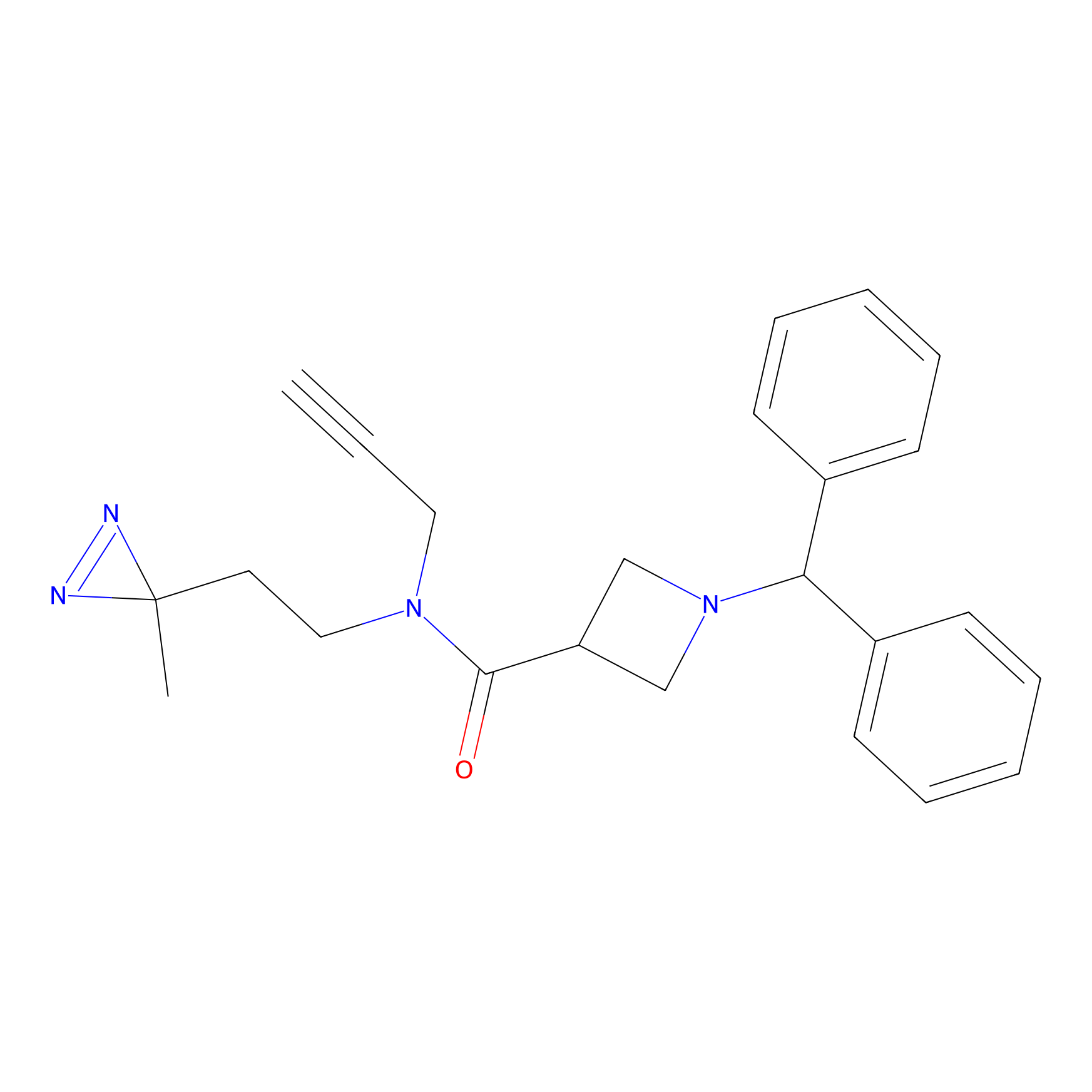 |
A41(0.00); S43(0.00) | LDD0024 | [5] | |
|
LD-F Probe Info |
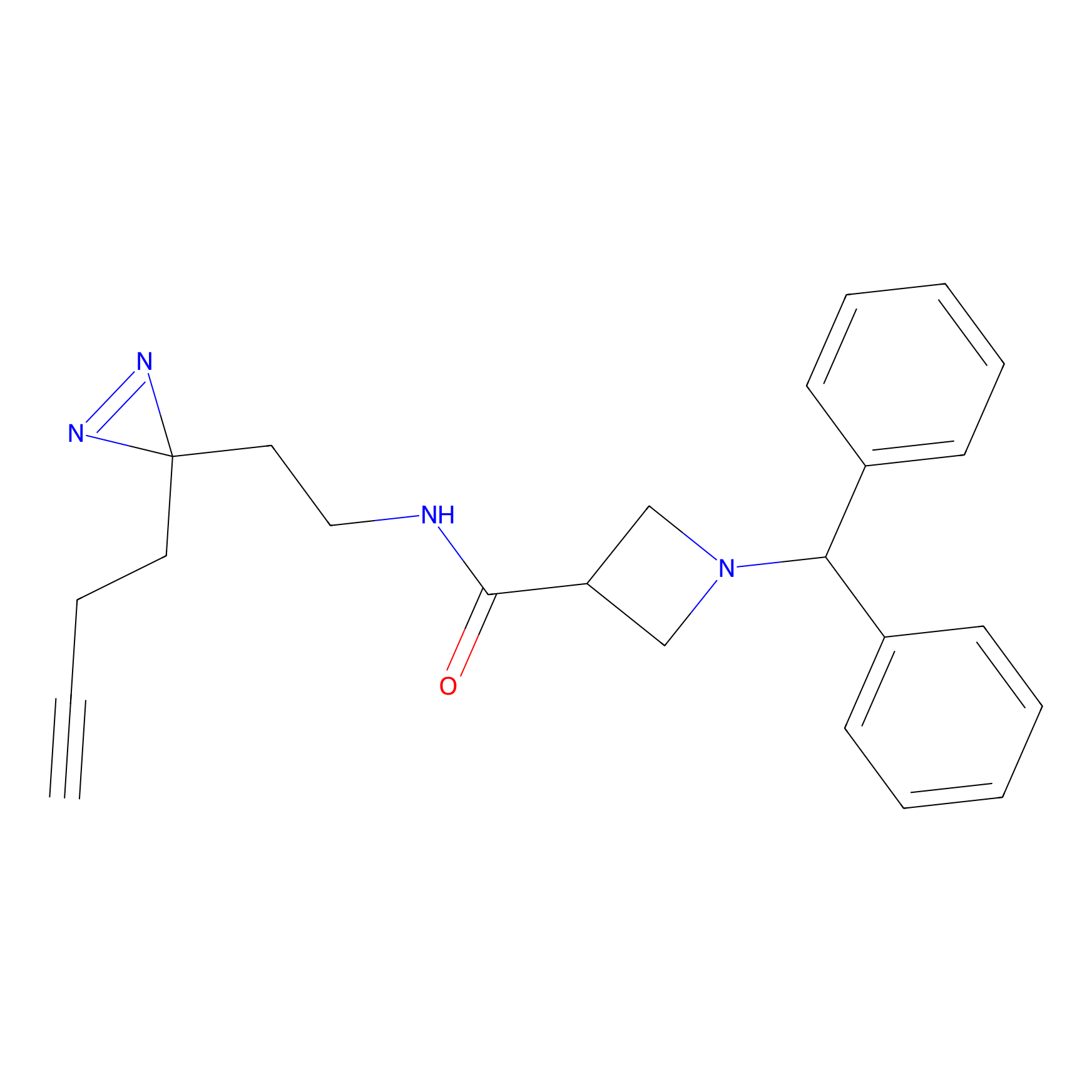 |
L46(0.00); A41(0.00); D42(0.00); E45(0.00) | LDD0015 | [5] | |
Competitor(s) Related to This Target
The Interaction Atlas With This Target
The Protein(s) Related To This Target
Enzyme
| Protein name | Family | Uniprot ID | |||
|---|---|---|---|---|---|
| Palmitoyltransferase ZDHHC15 (ZDHHC15) | DHHC palmitoyltransferase family | Q96MV8 | |||
Transporter and channel
Transcription factor
| Protein name | Family | Uniprot ID | |||
|---|---|---|---|---|---|
| Cyclic AMP-responsive element-binding protein 3-like protein 1 (CREB3L1) | BZIP family | Q96BA8 | |||
GPCR
Cytokine and receptor
| Protein name | Family | Uniprot ID | |||
|---|---|---|---|---|---|
| Tumor necrosis factor receptor superfamily member 17 (TNFRSF17) | . | Q02223 | |||
Other
References
